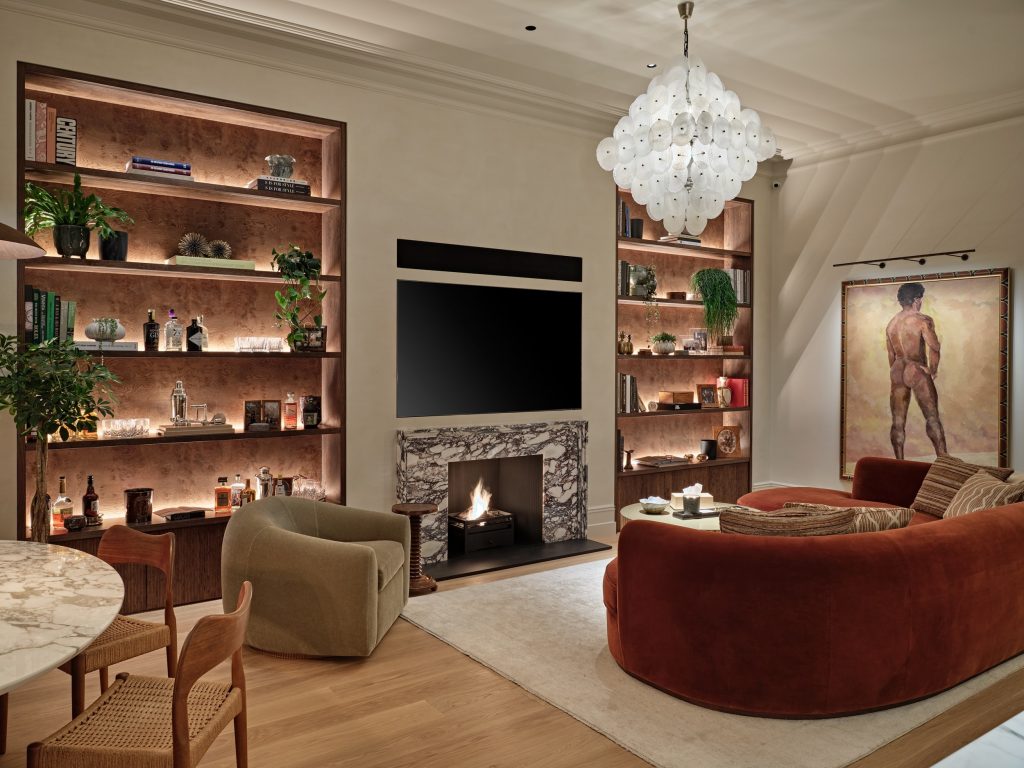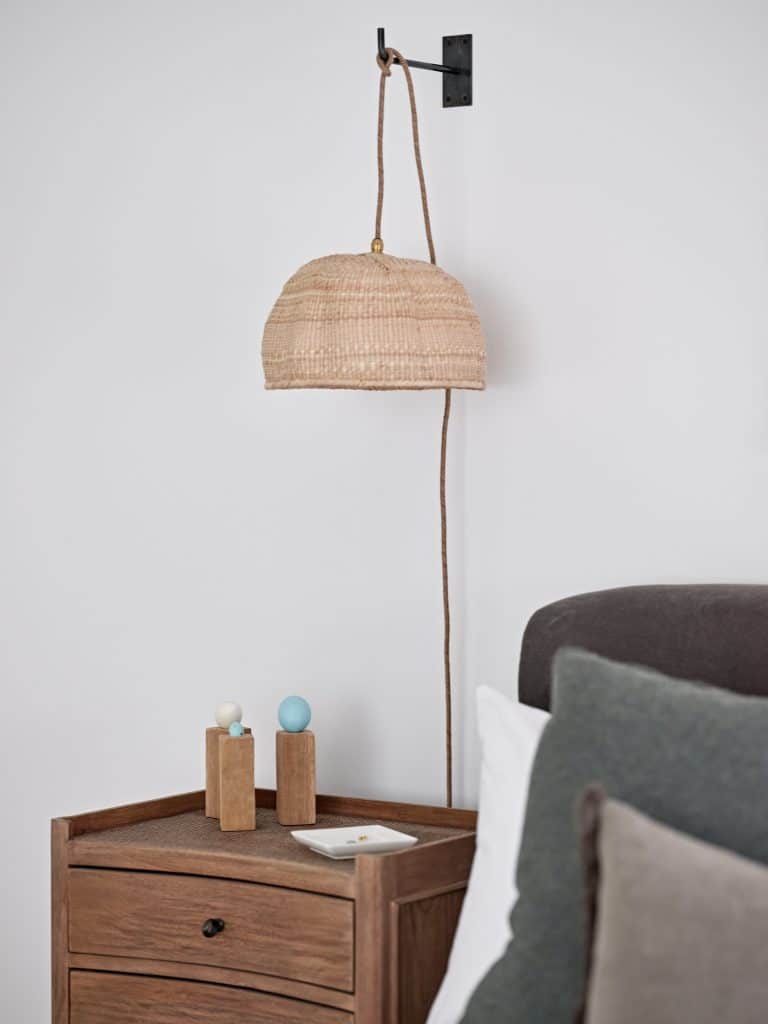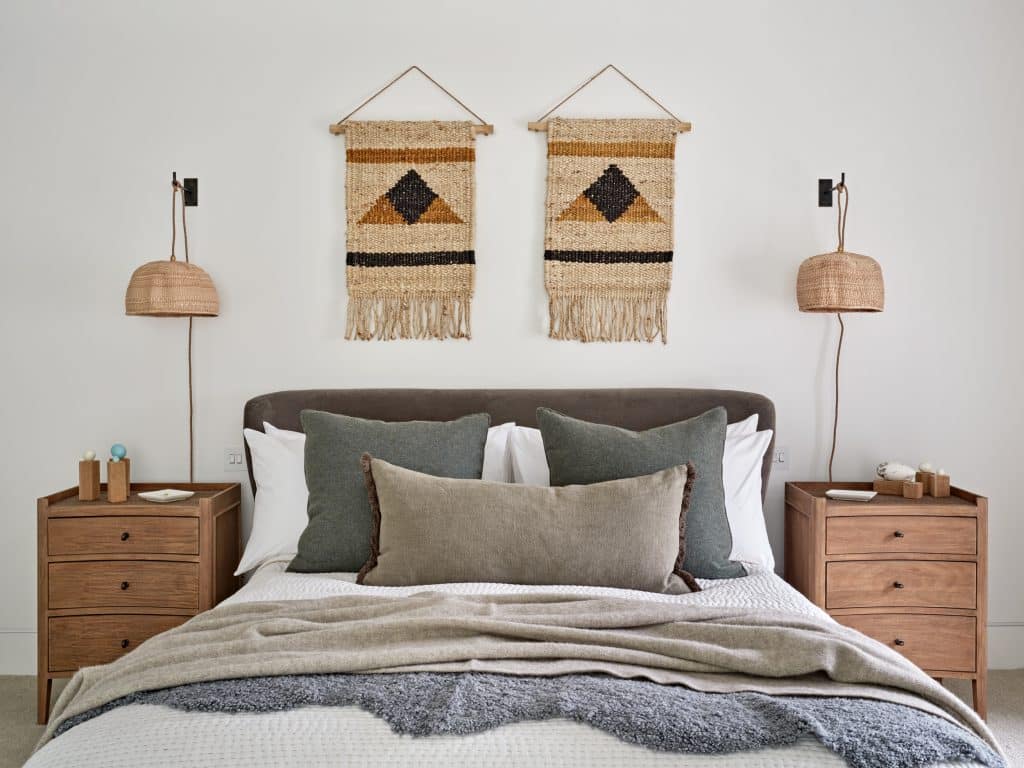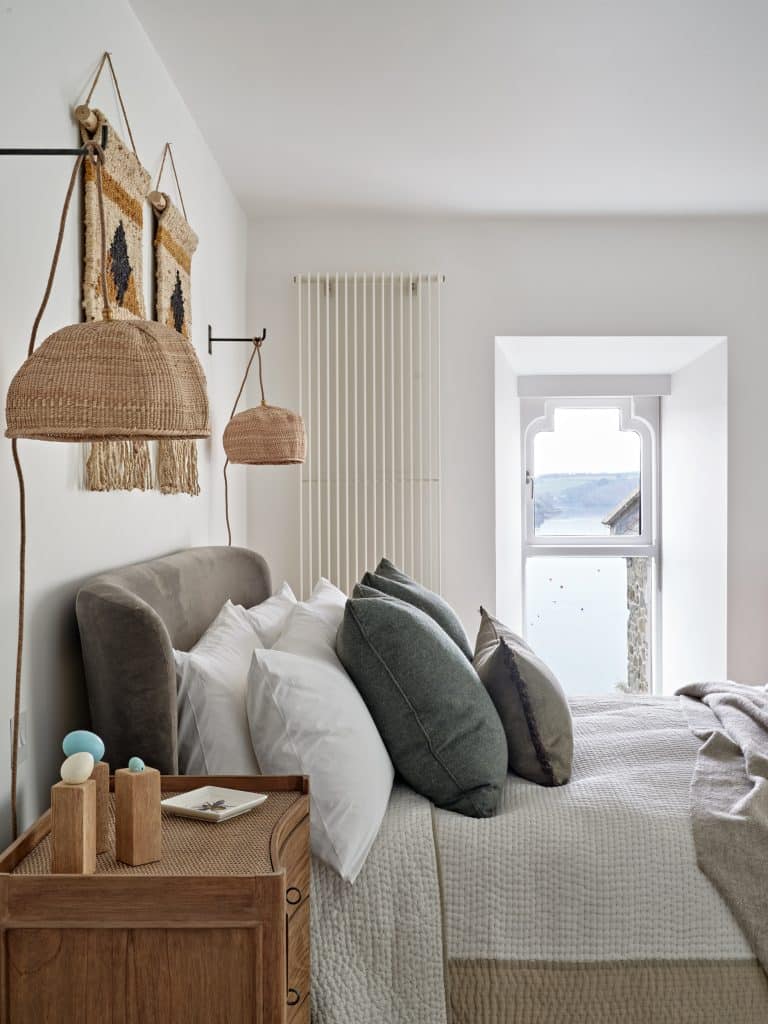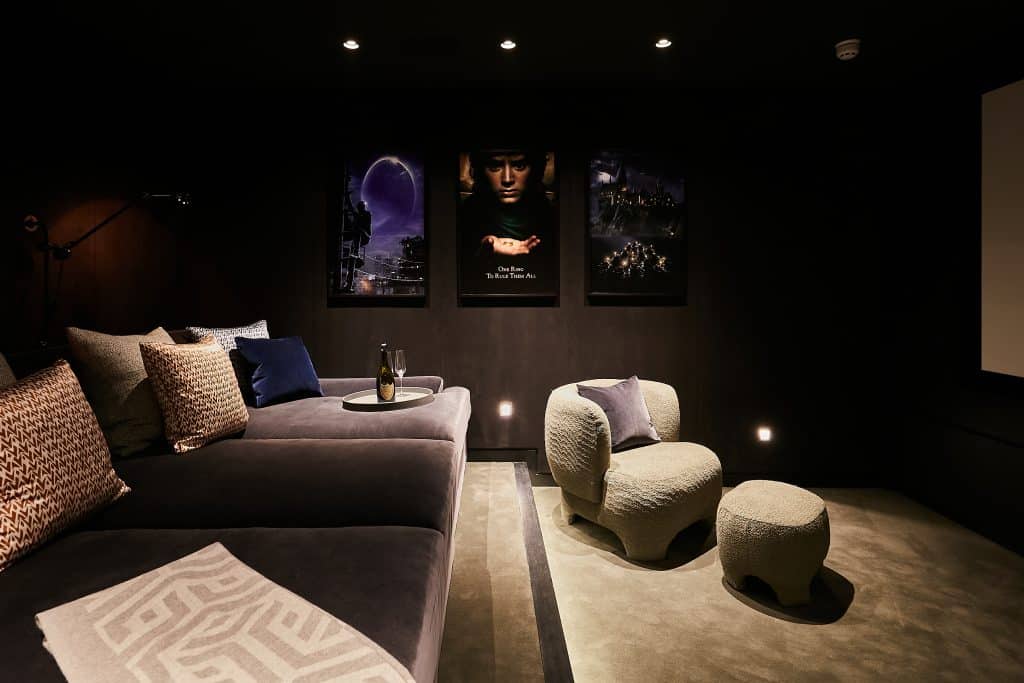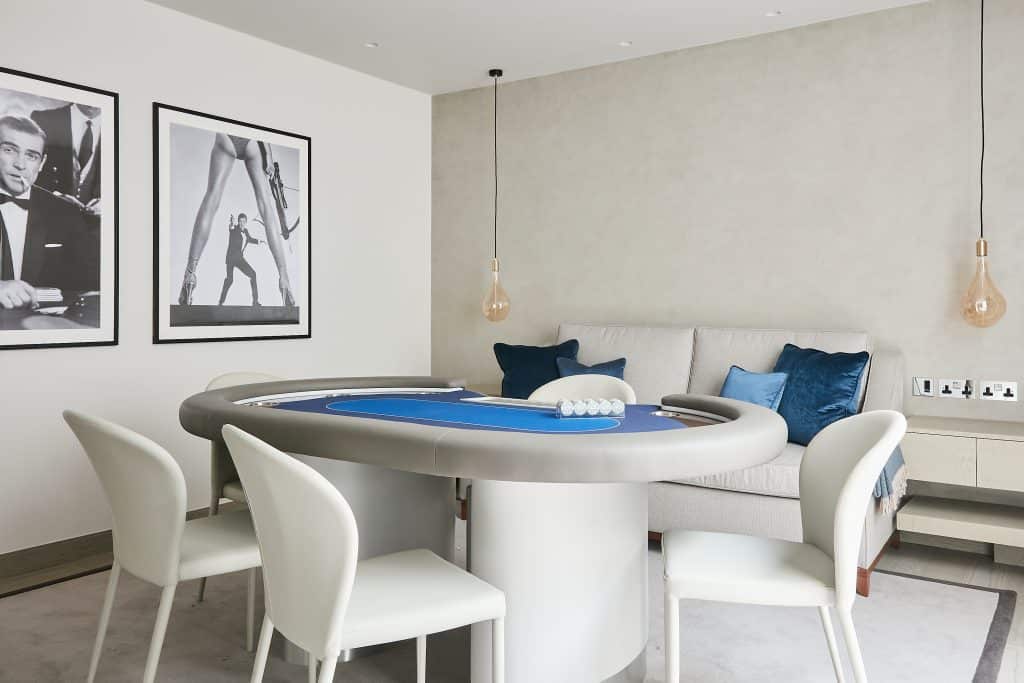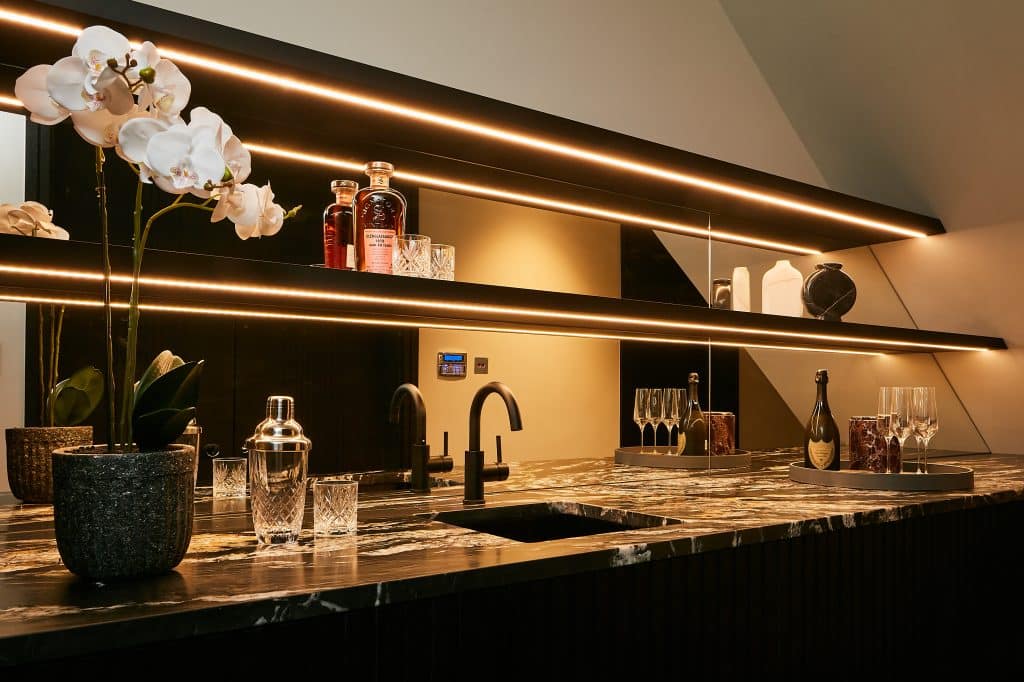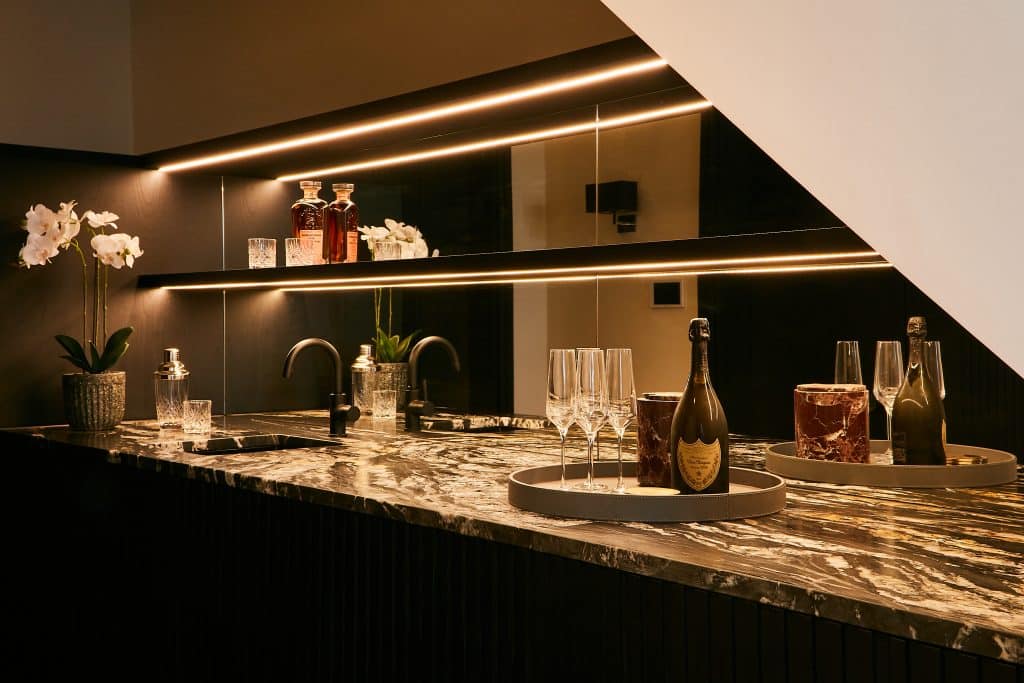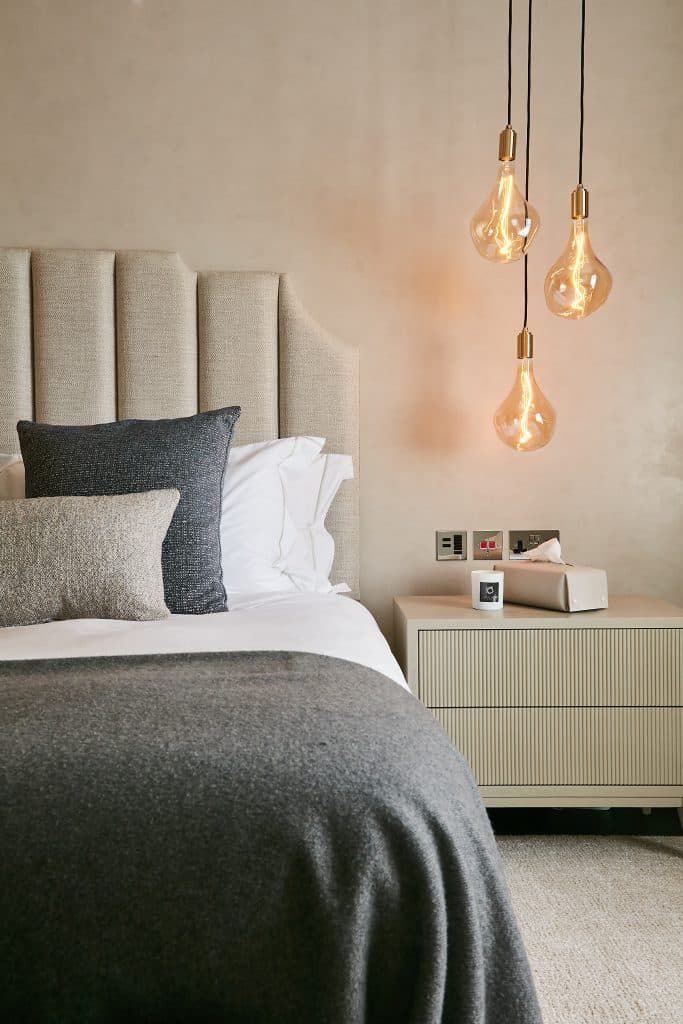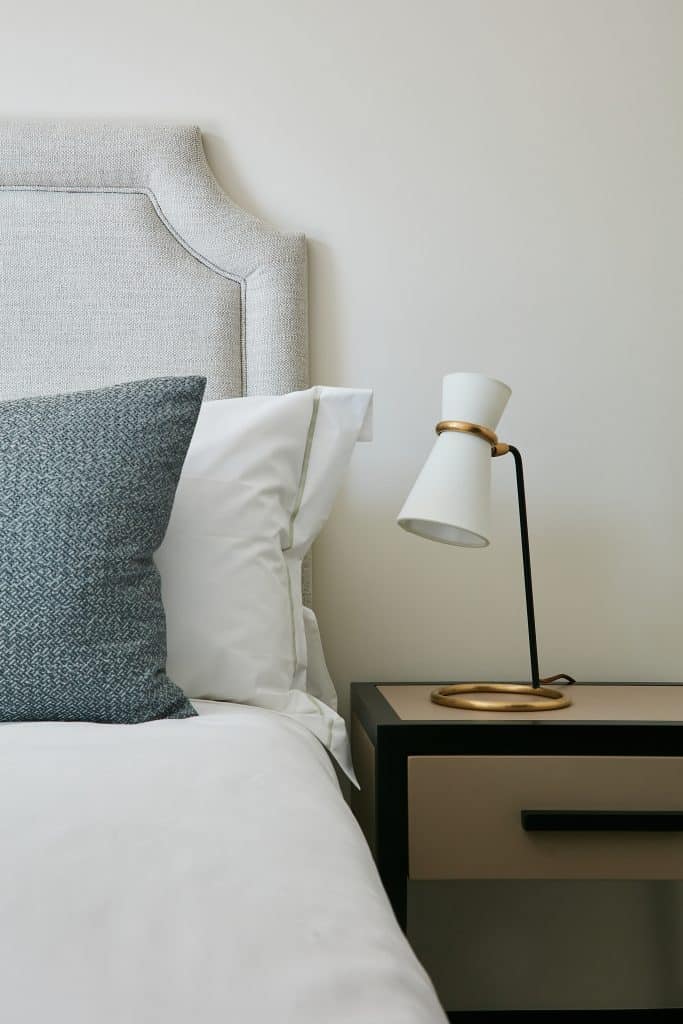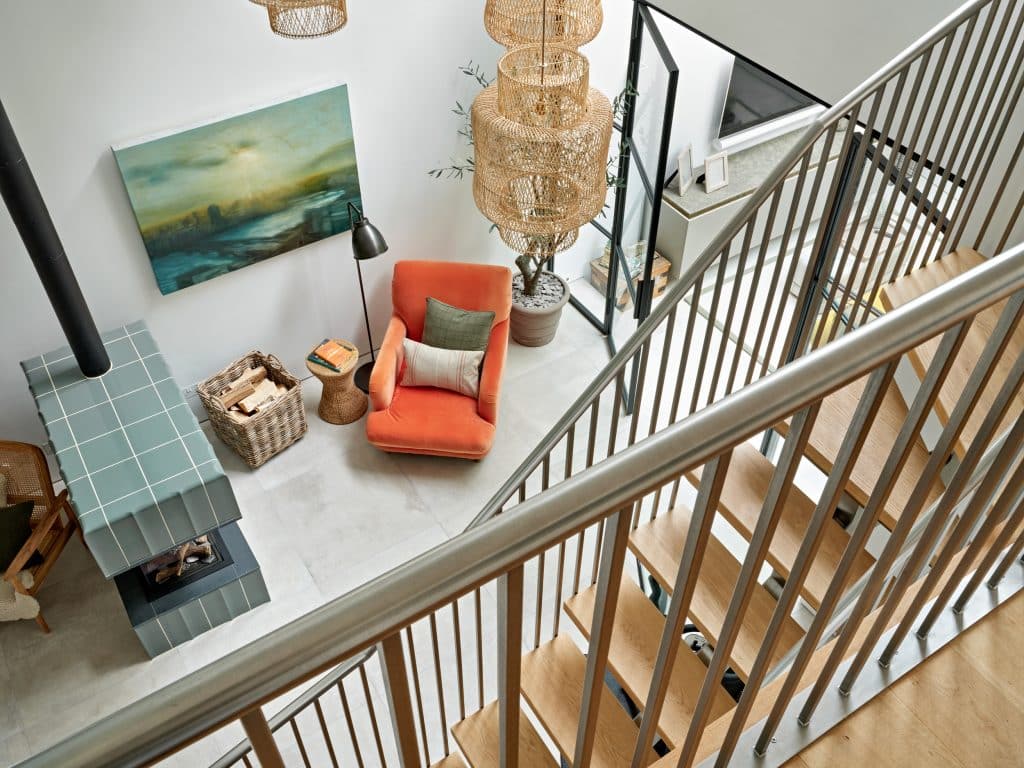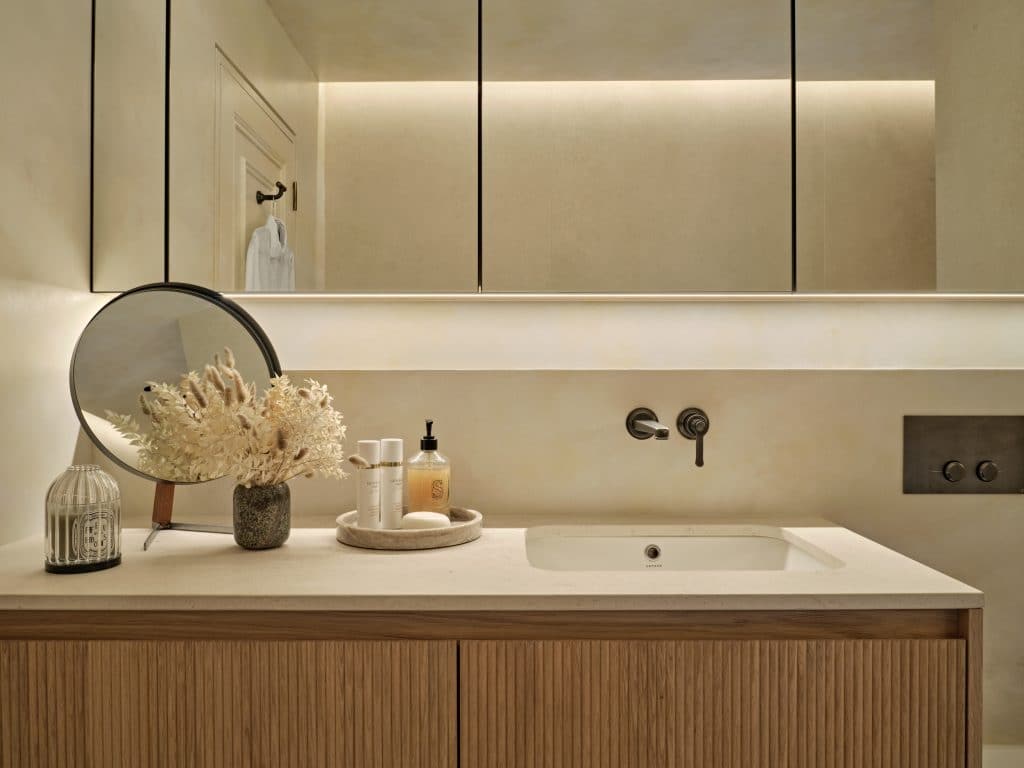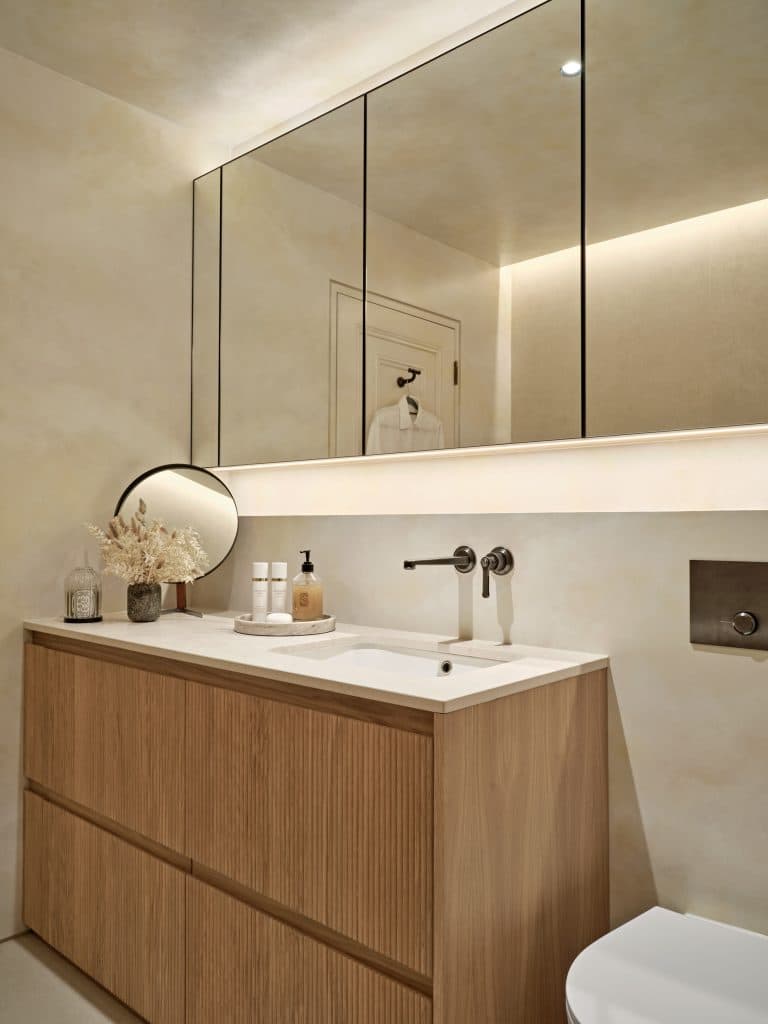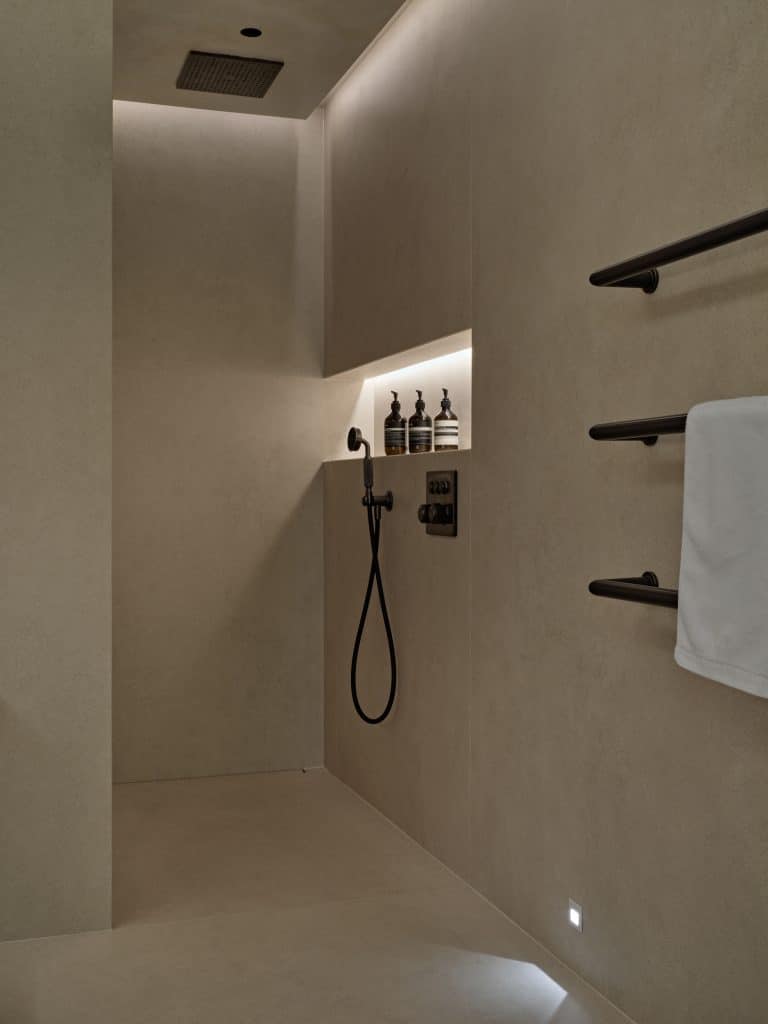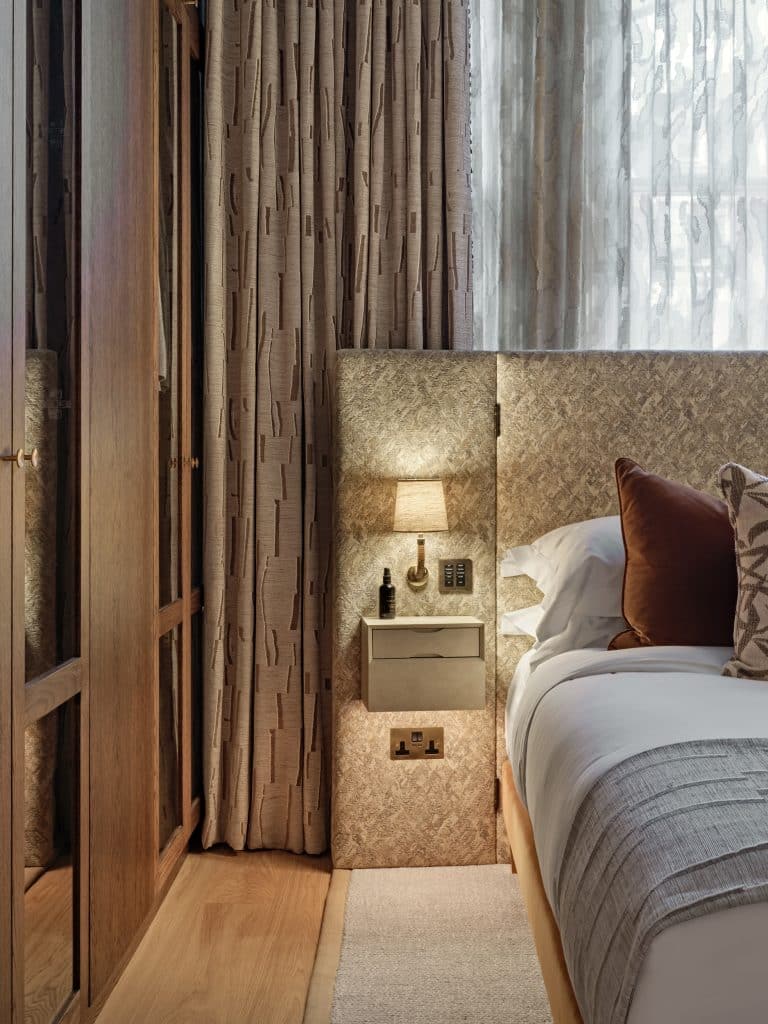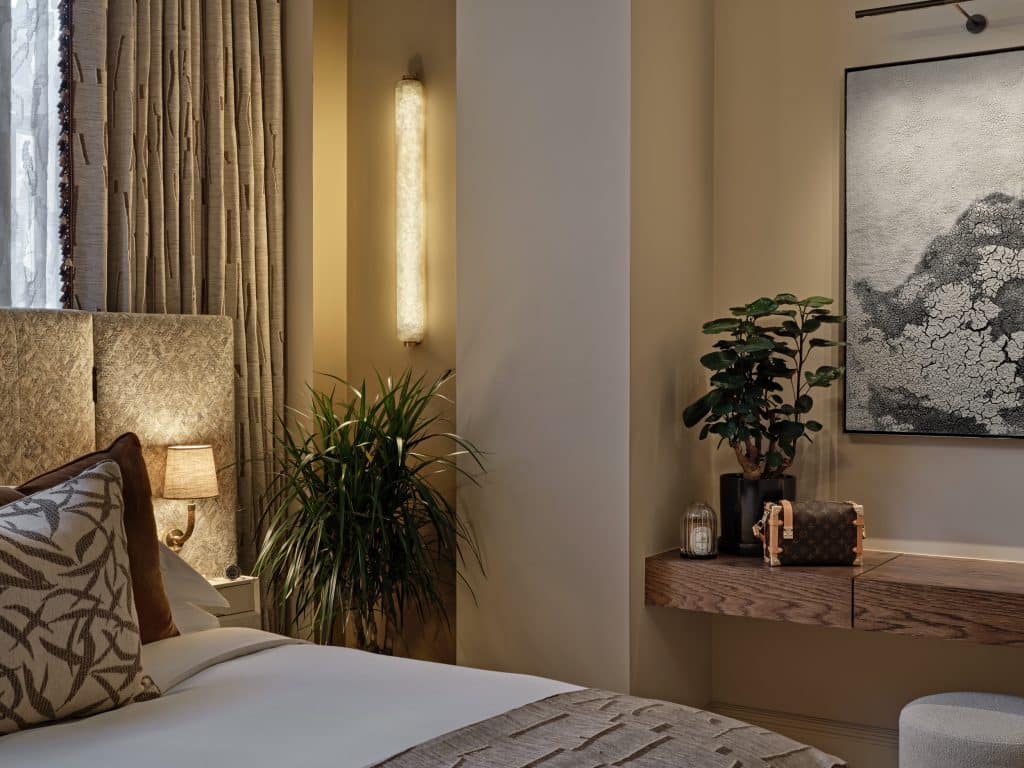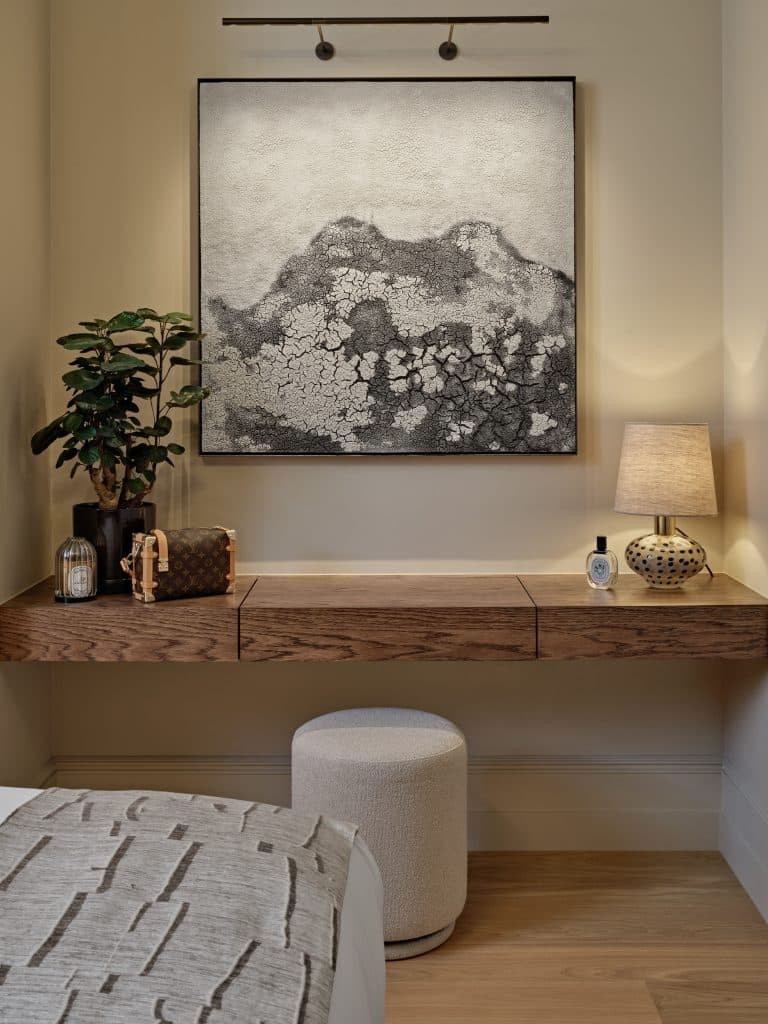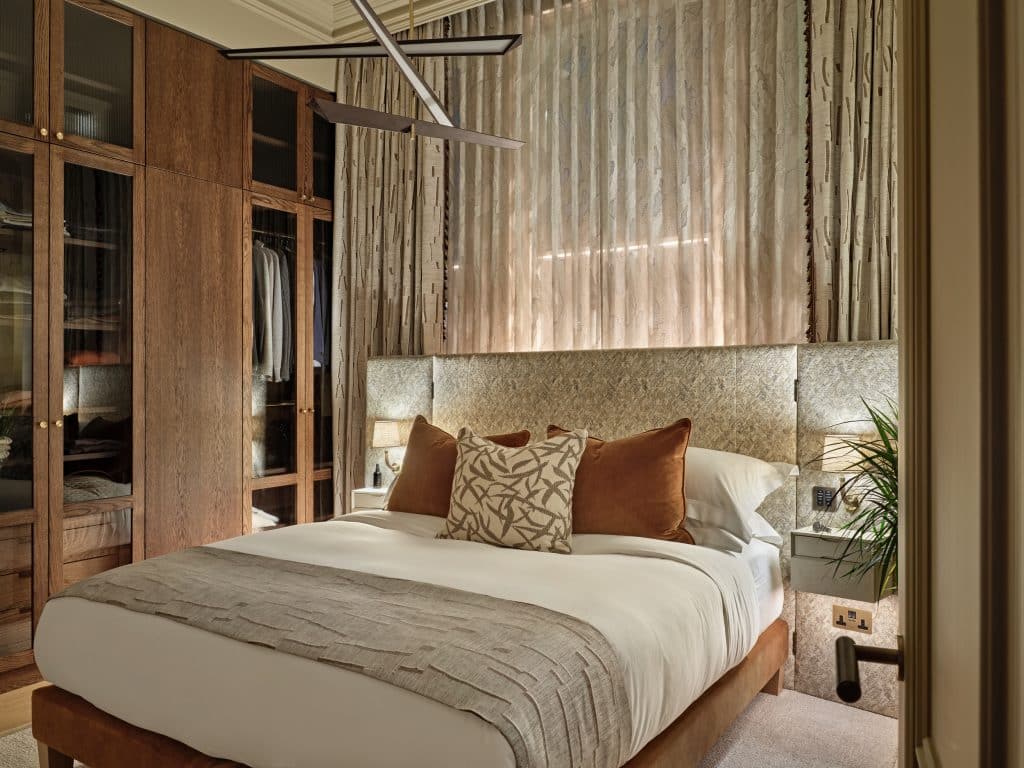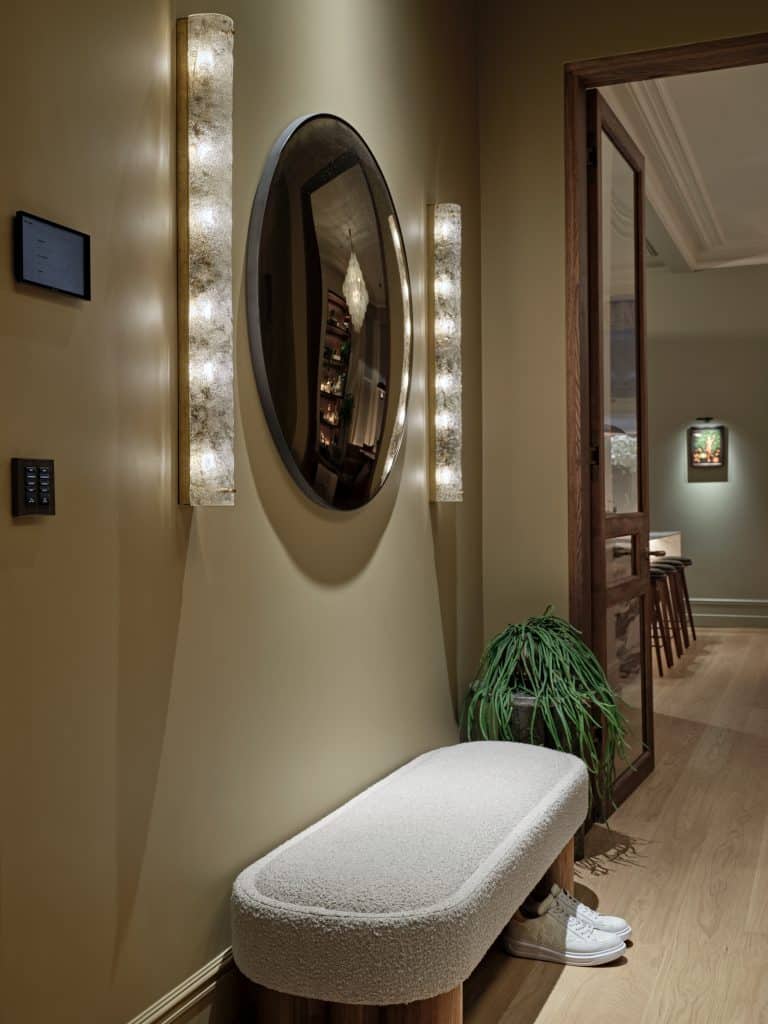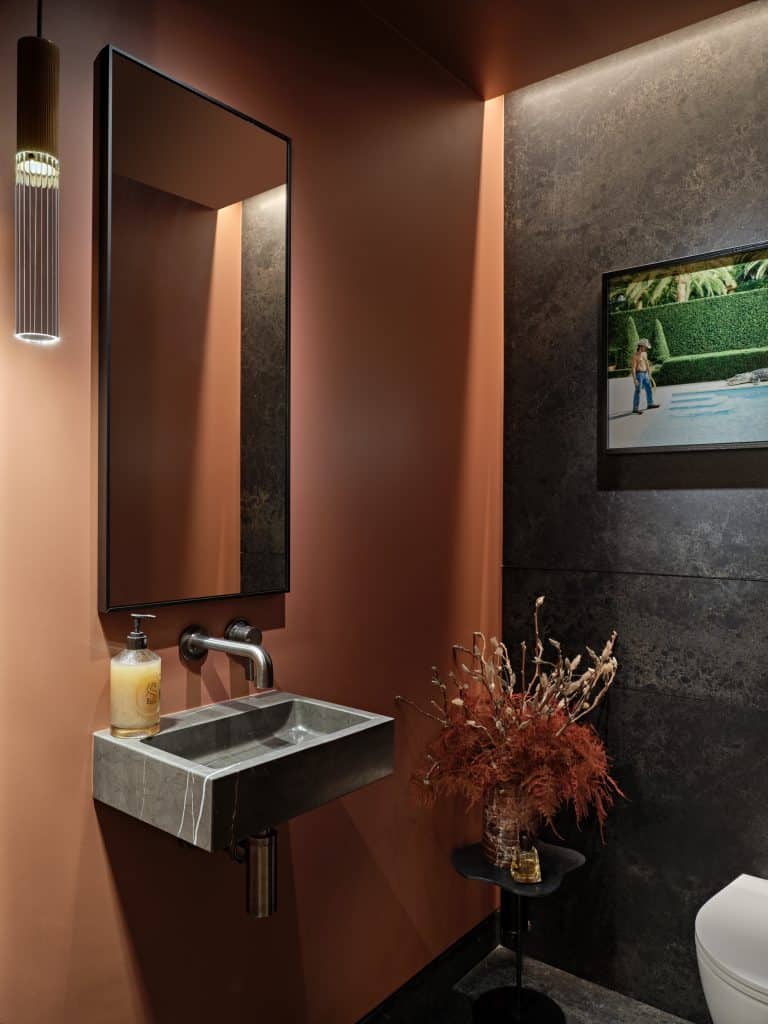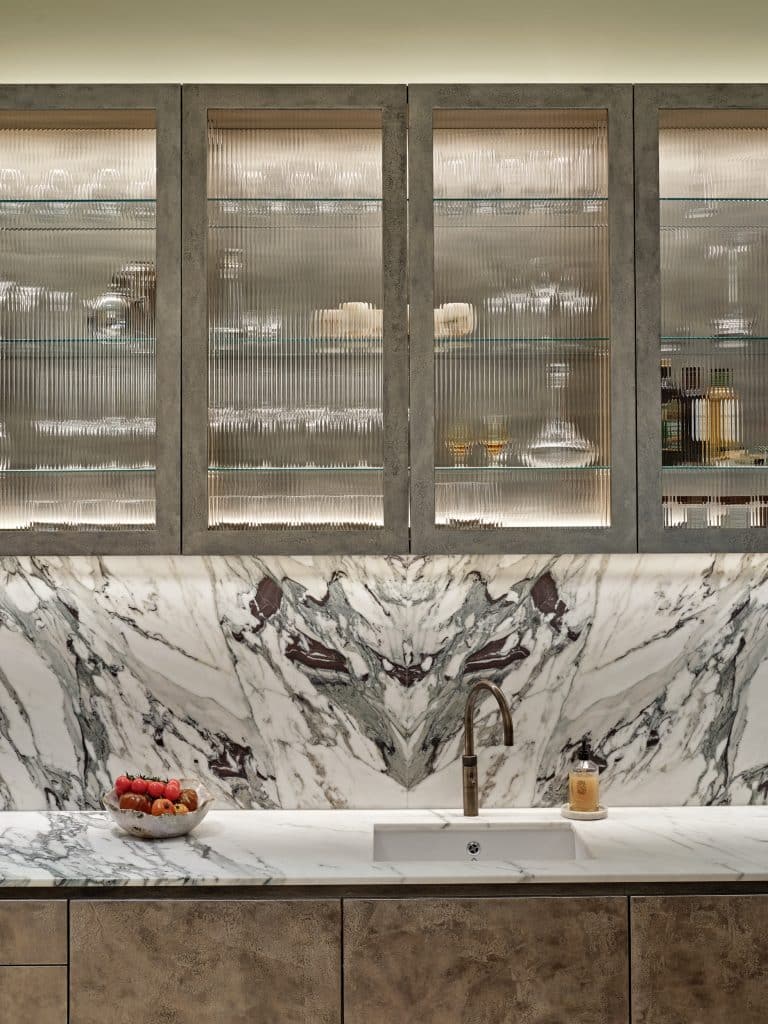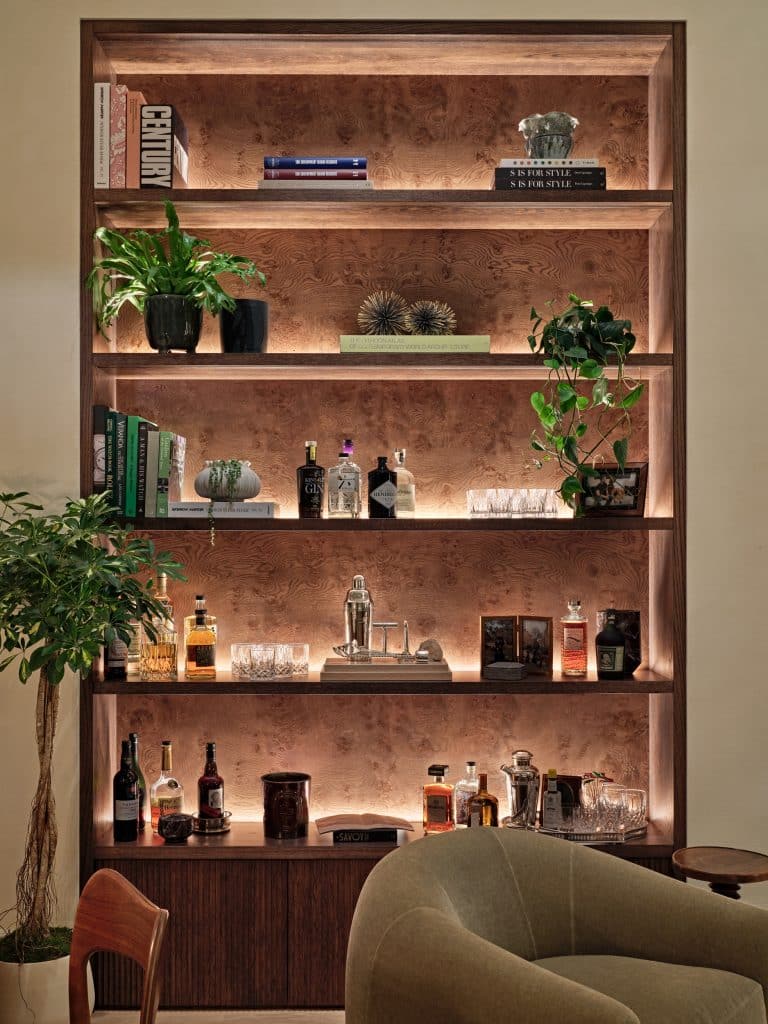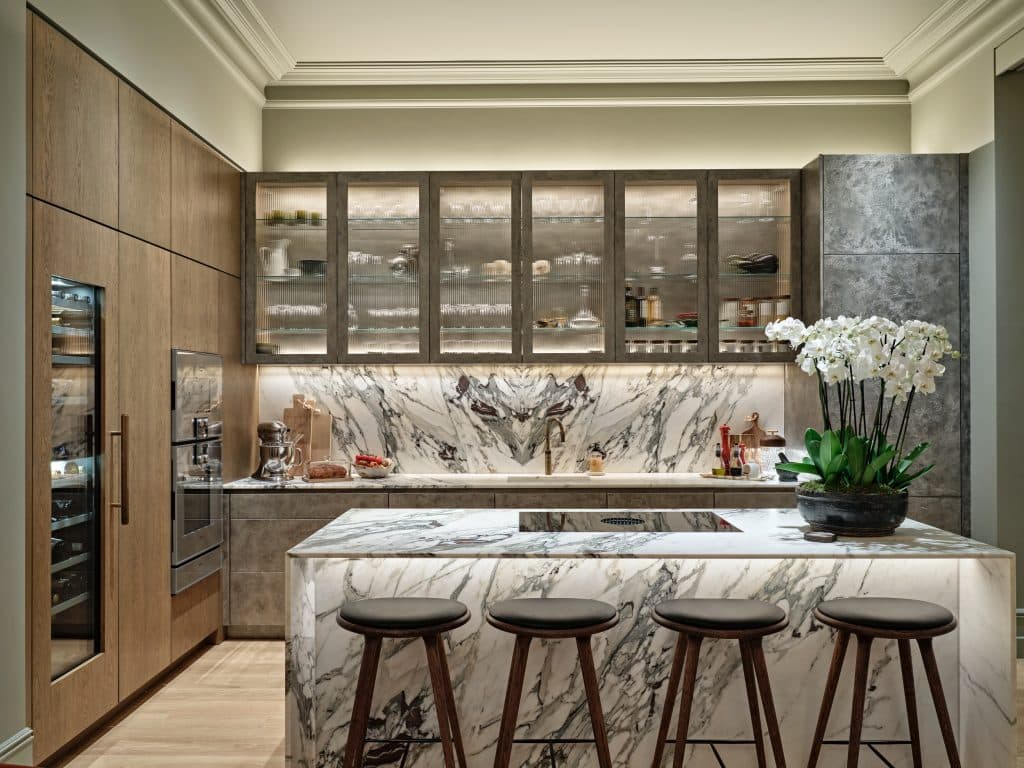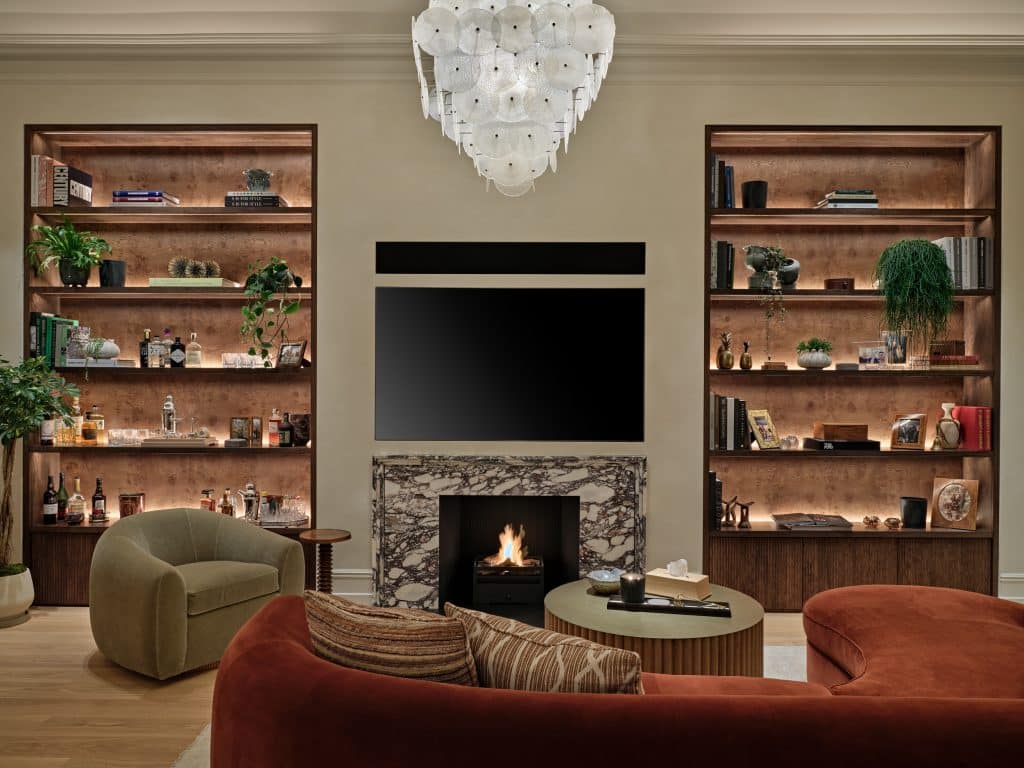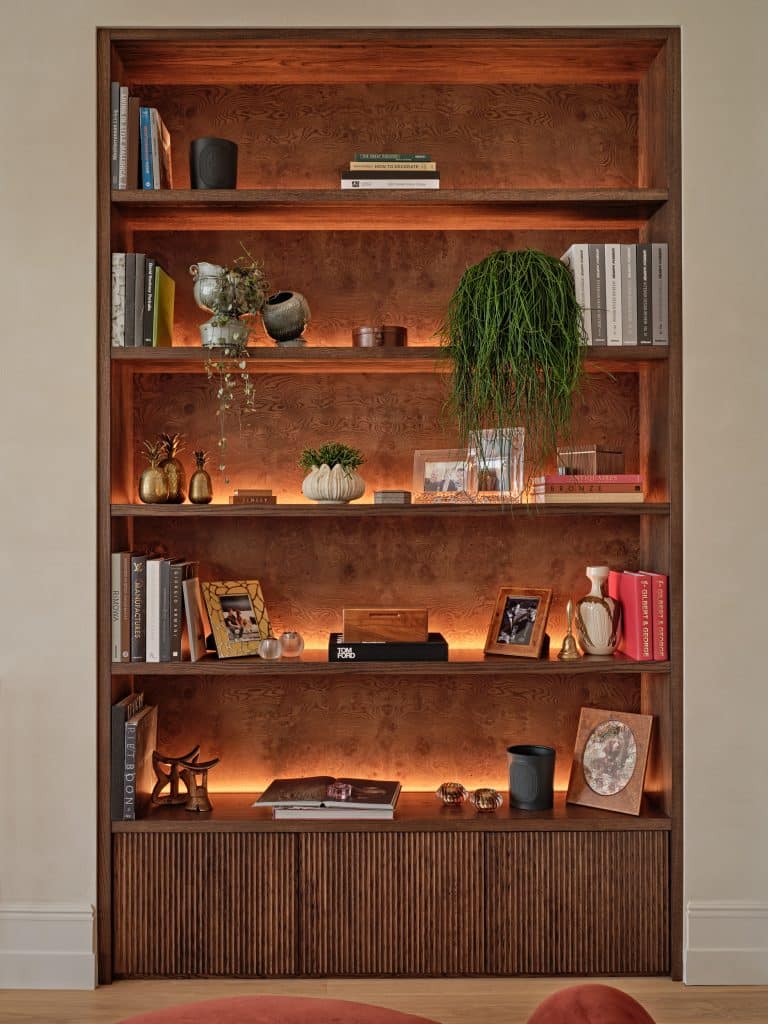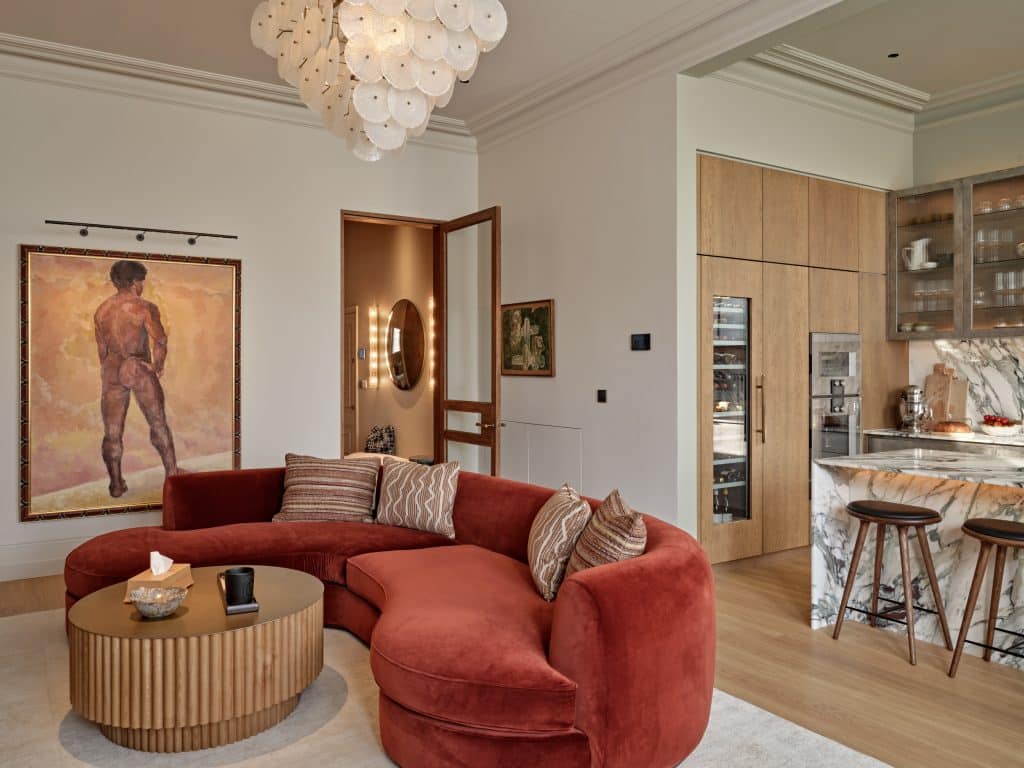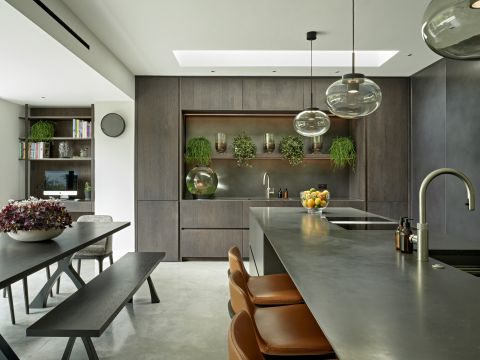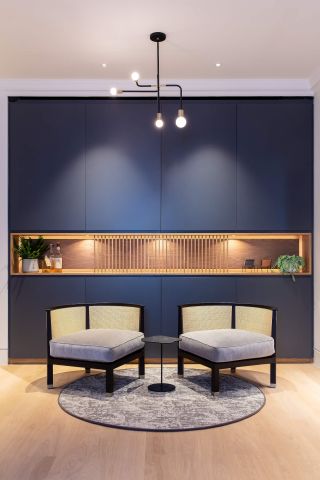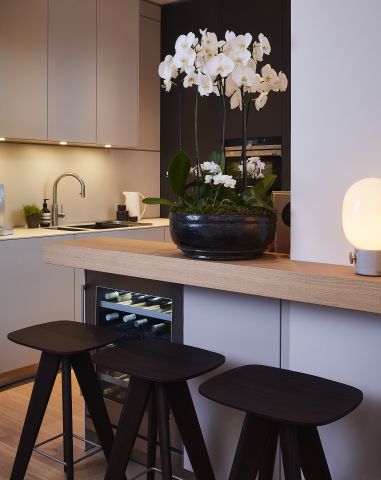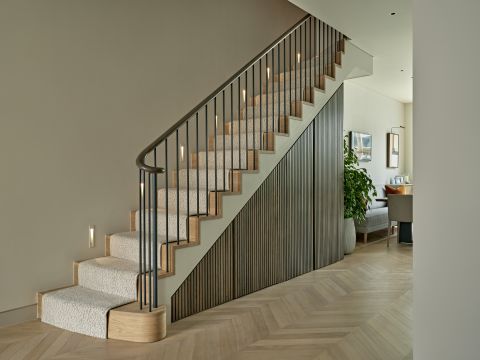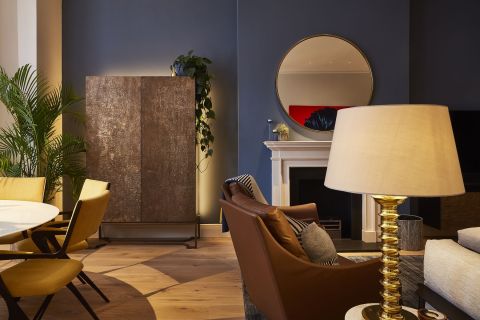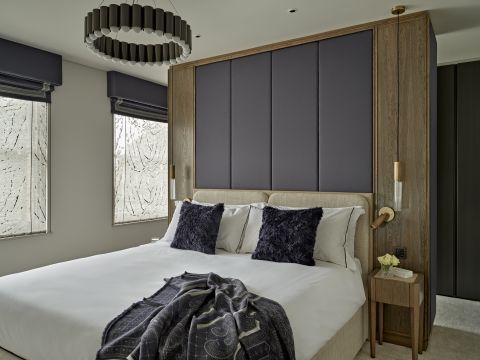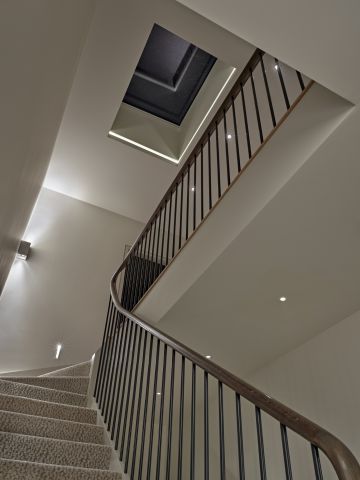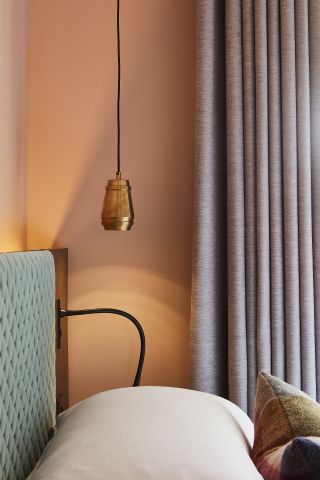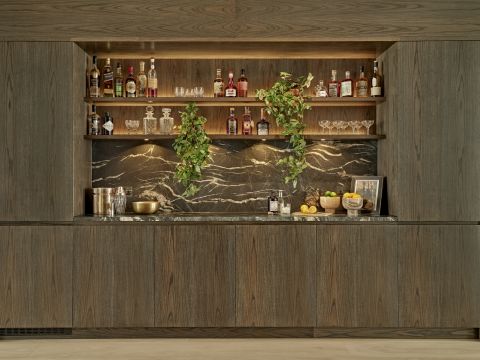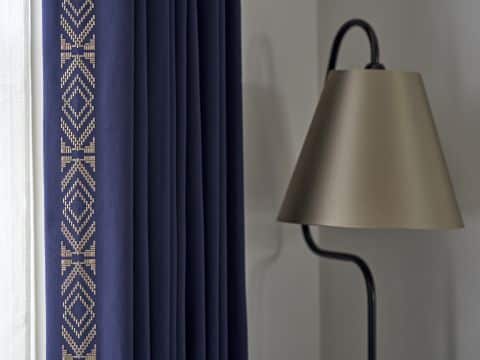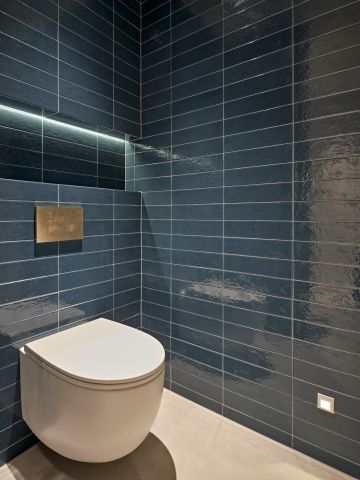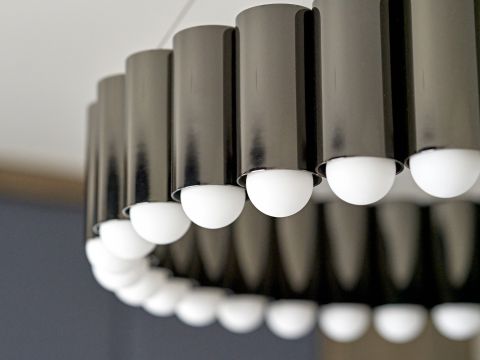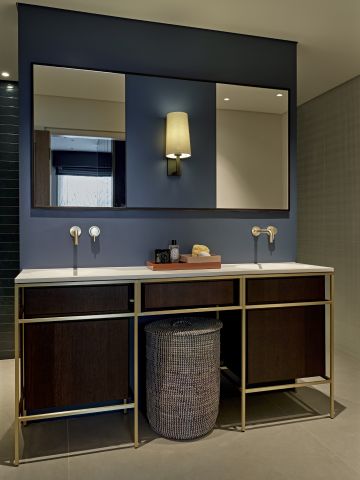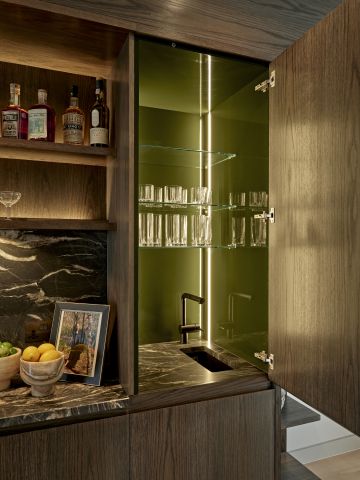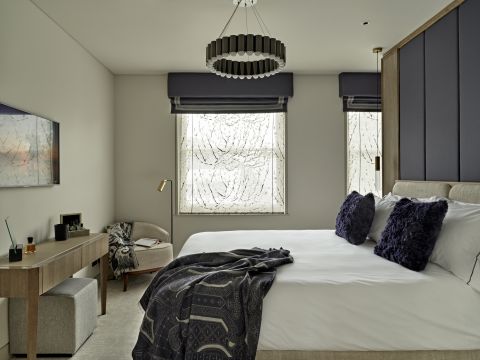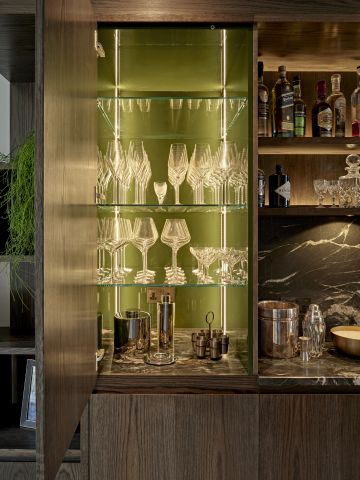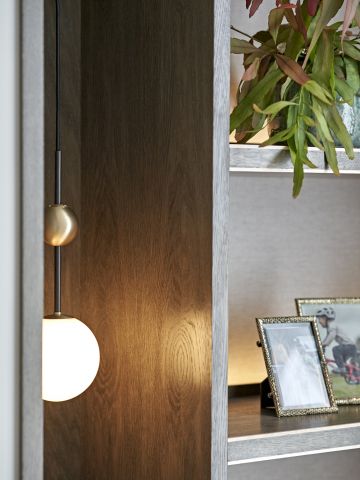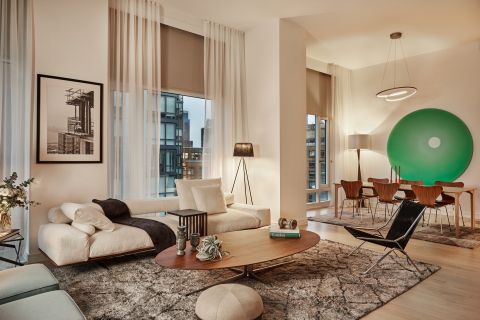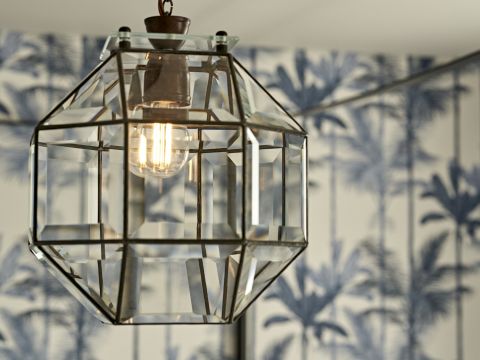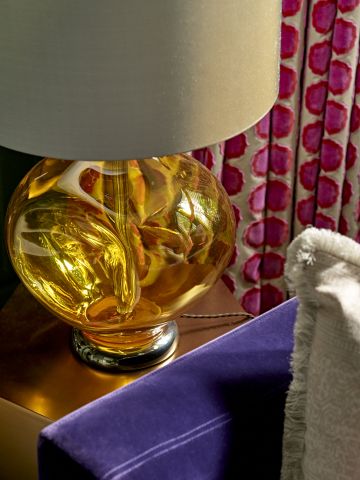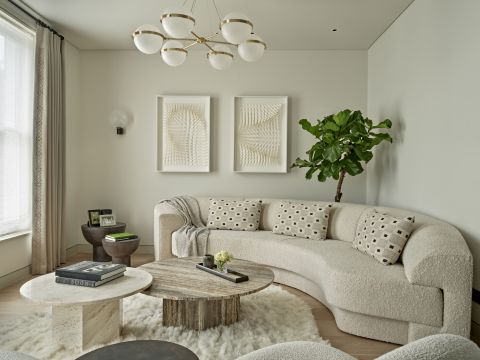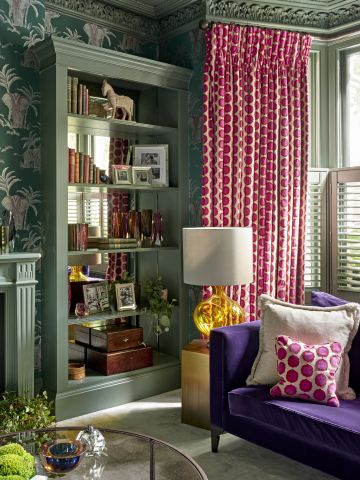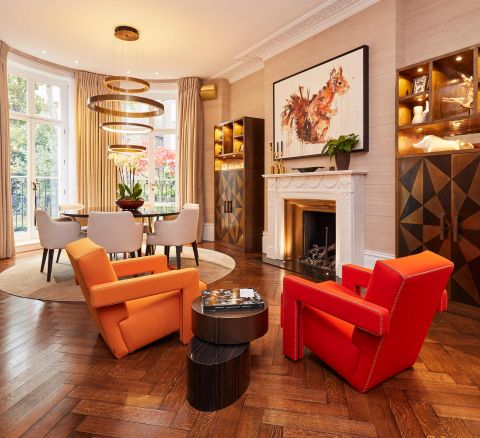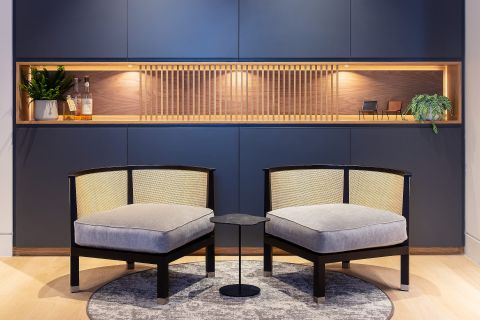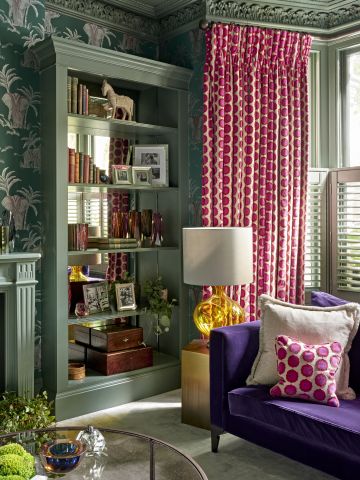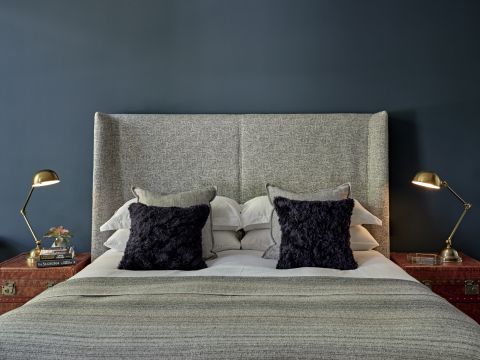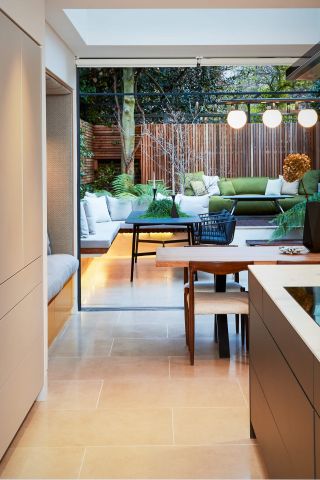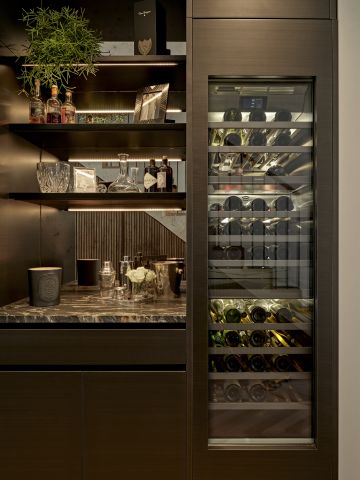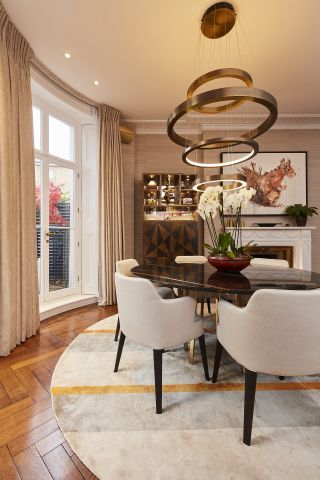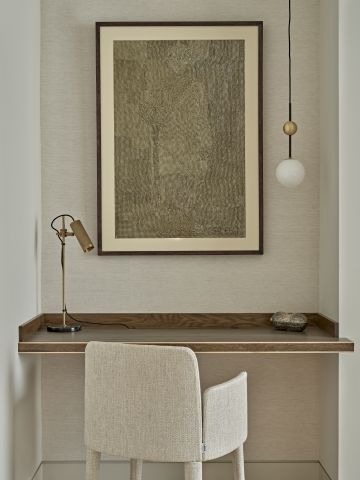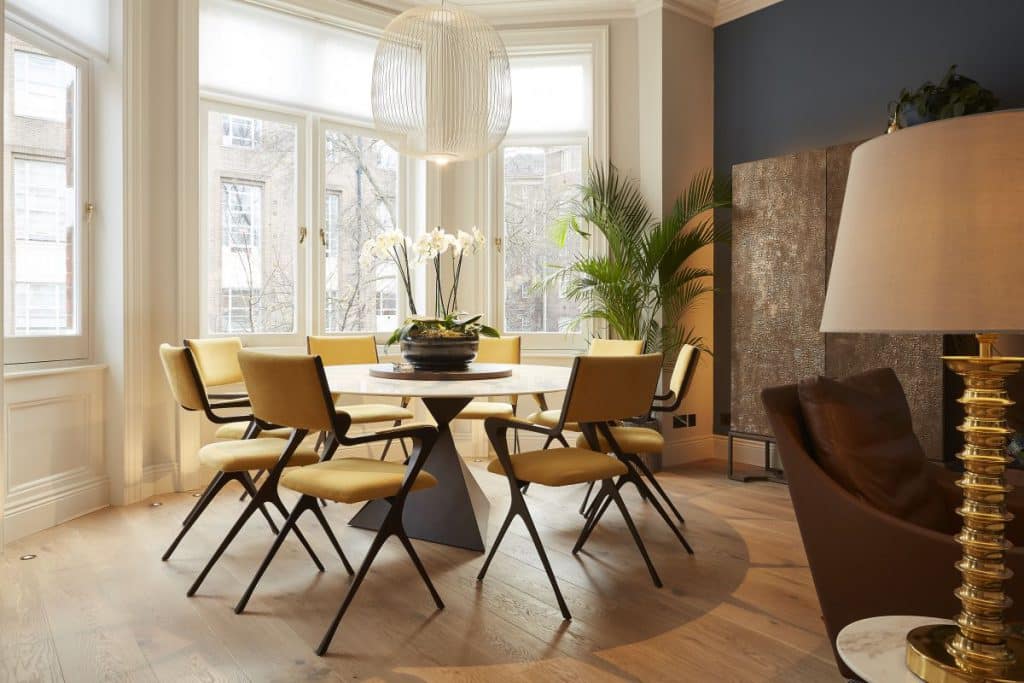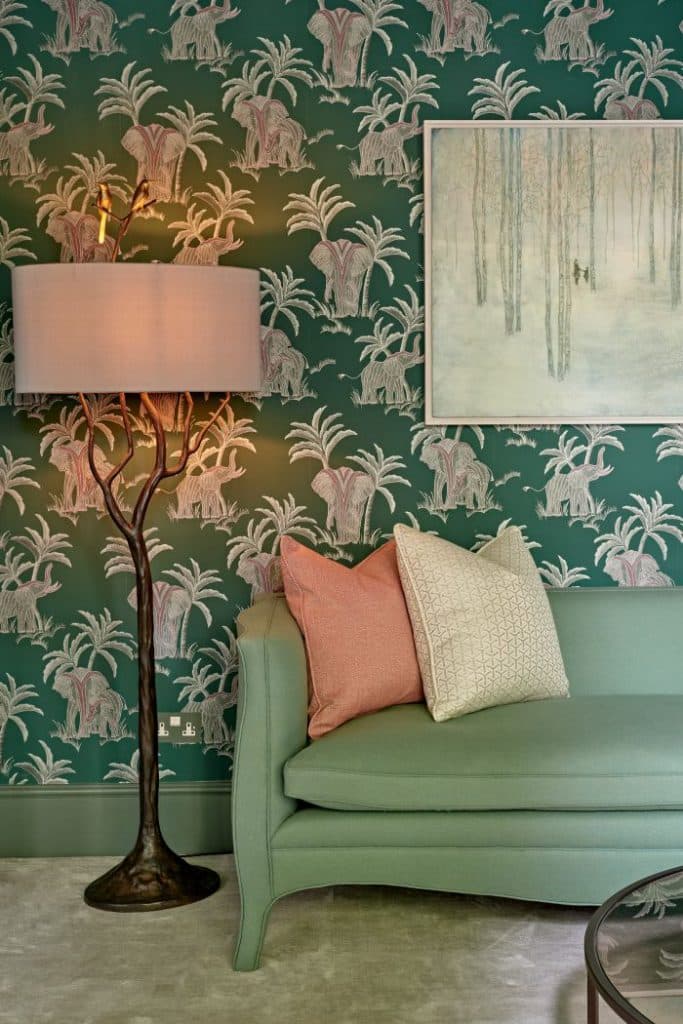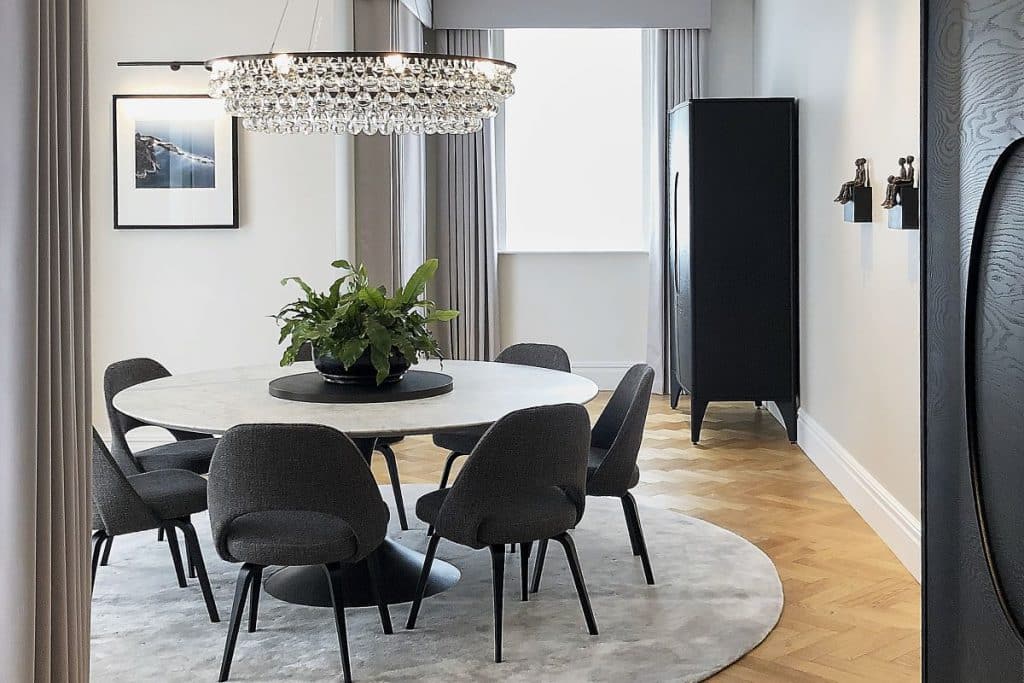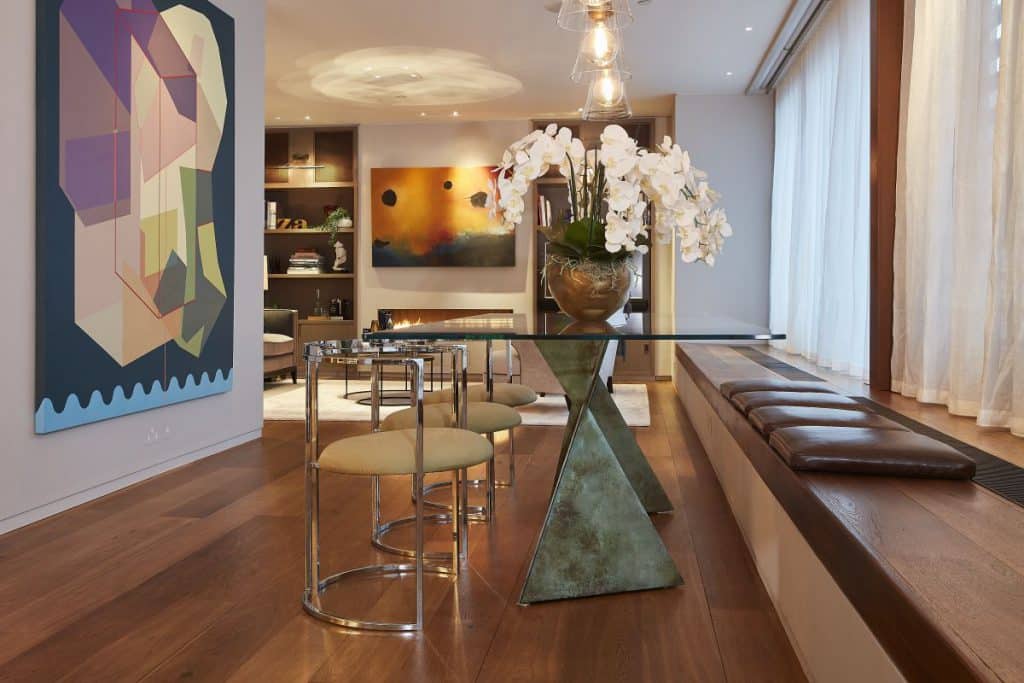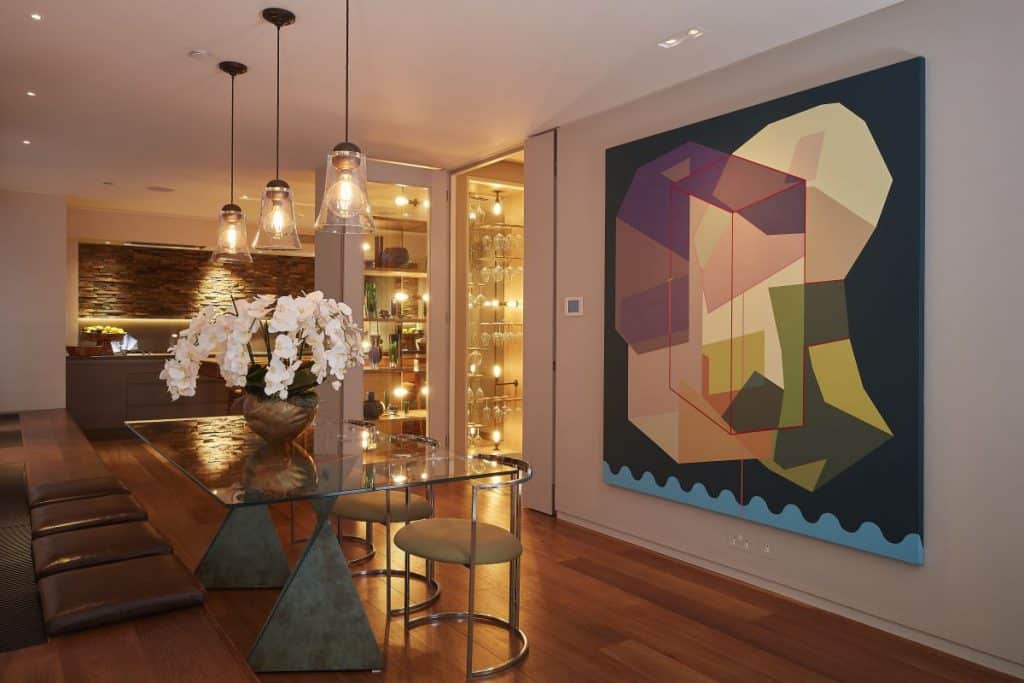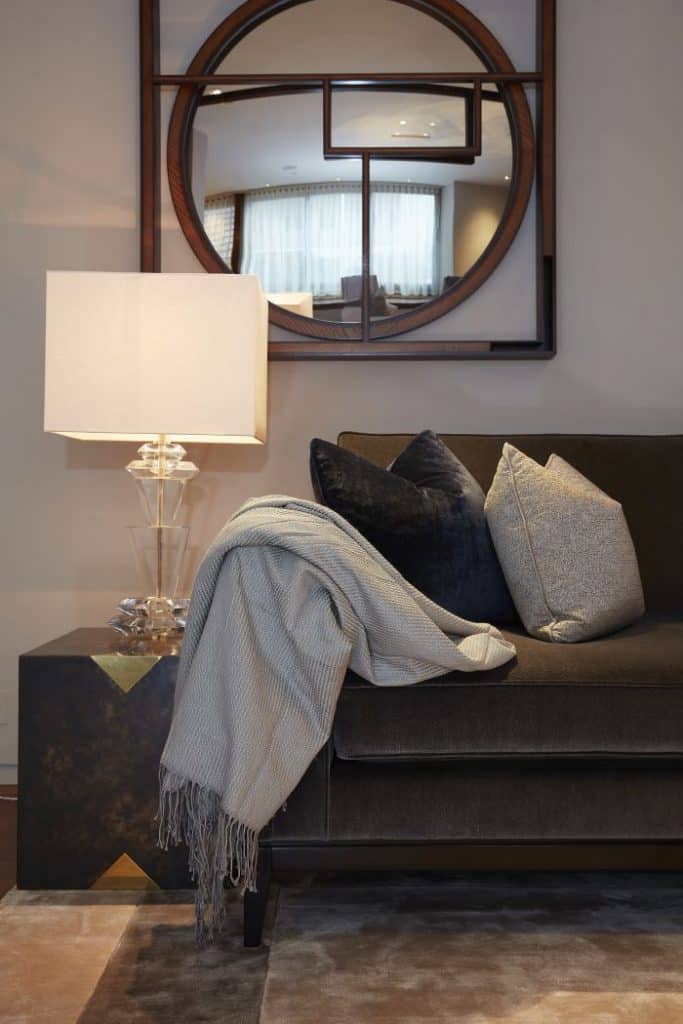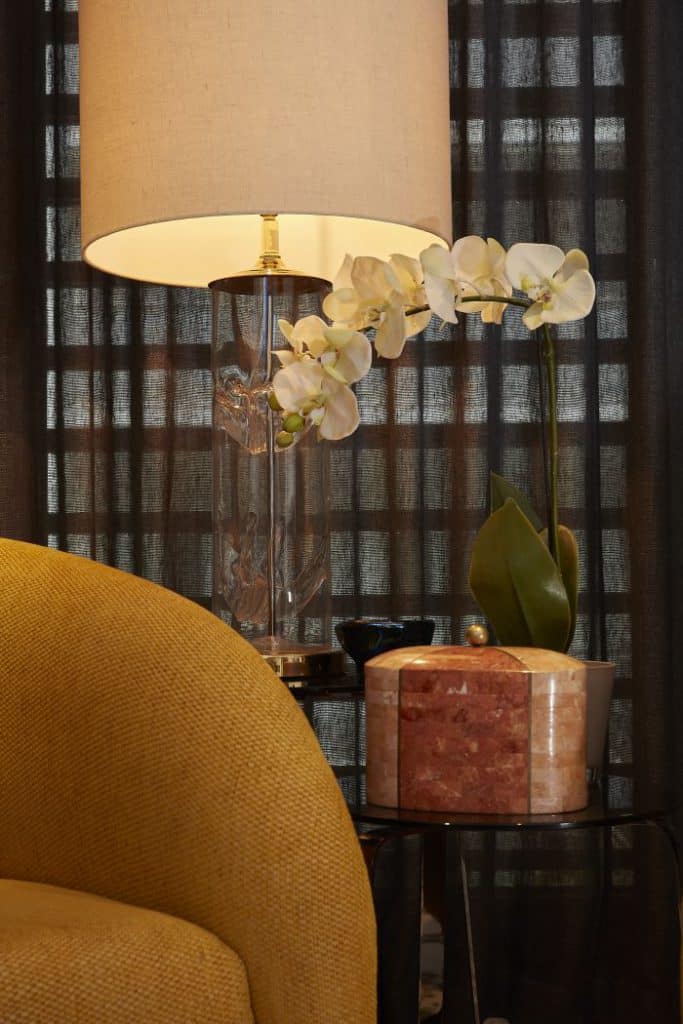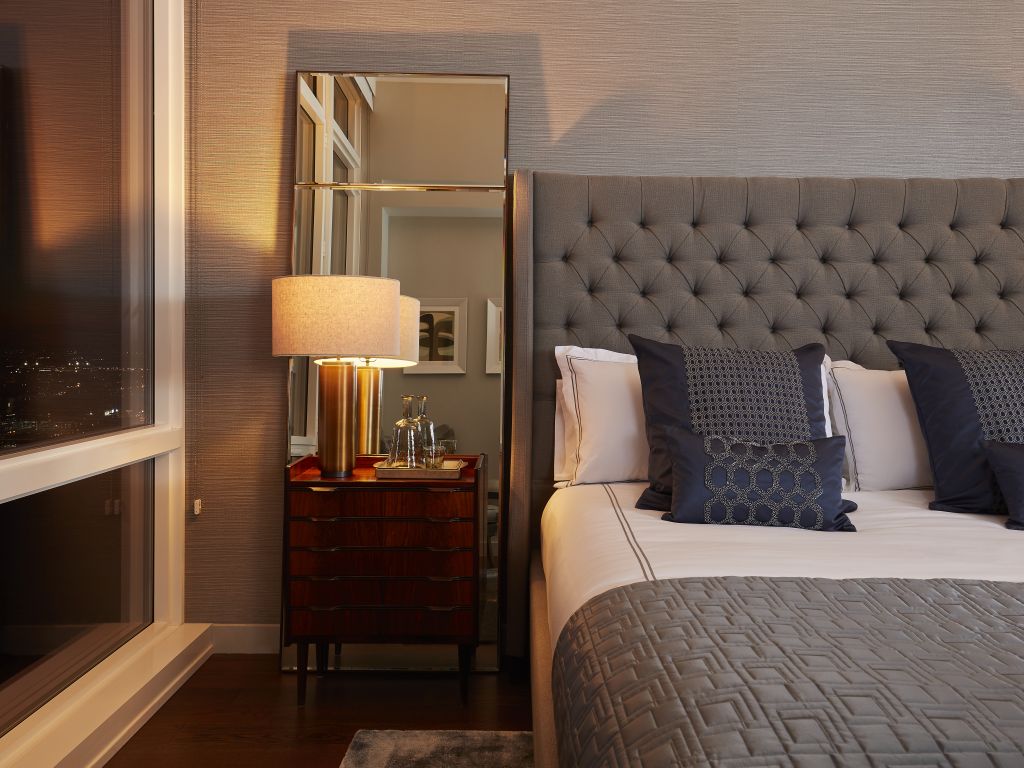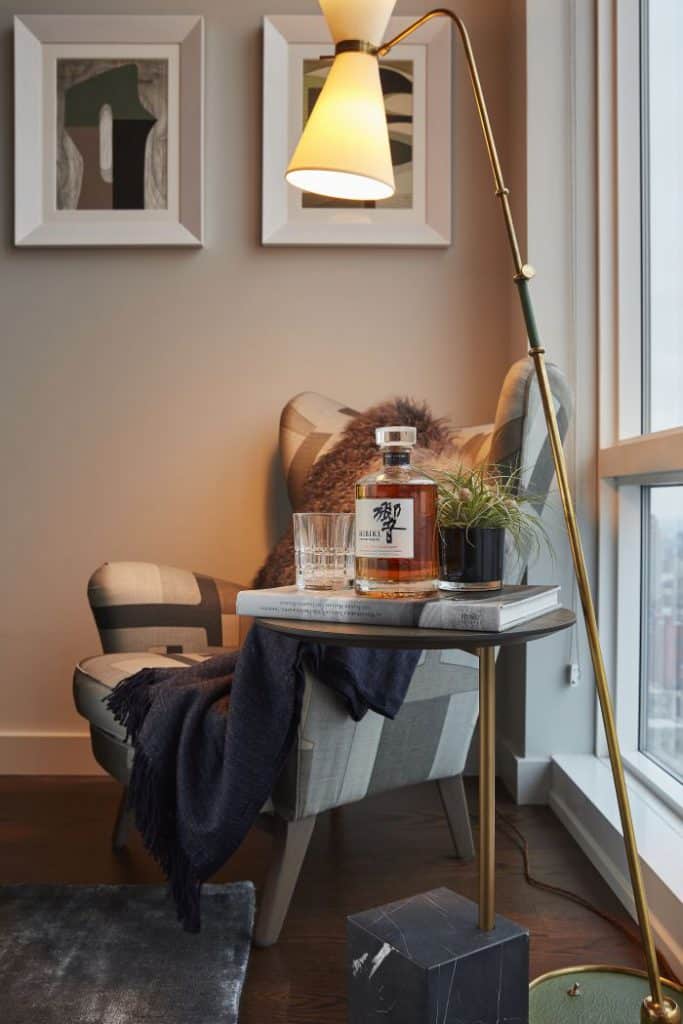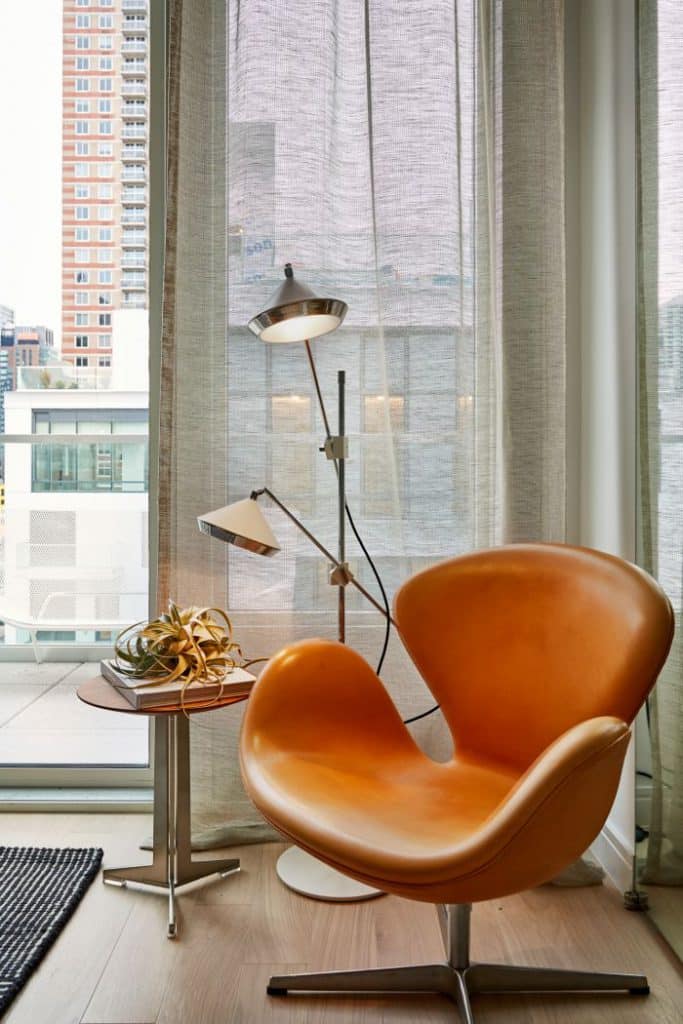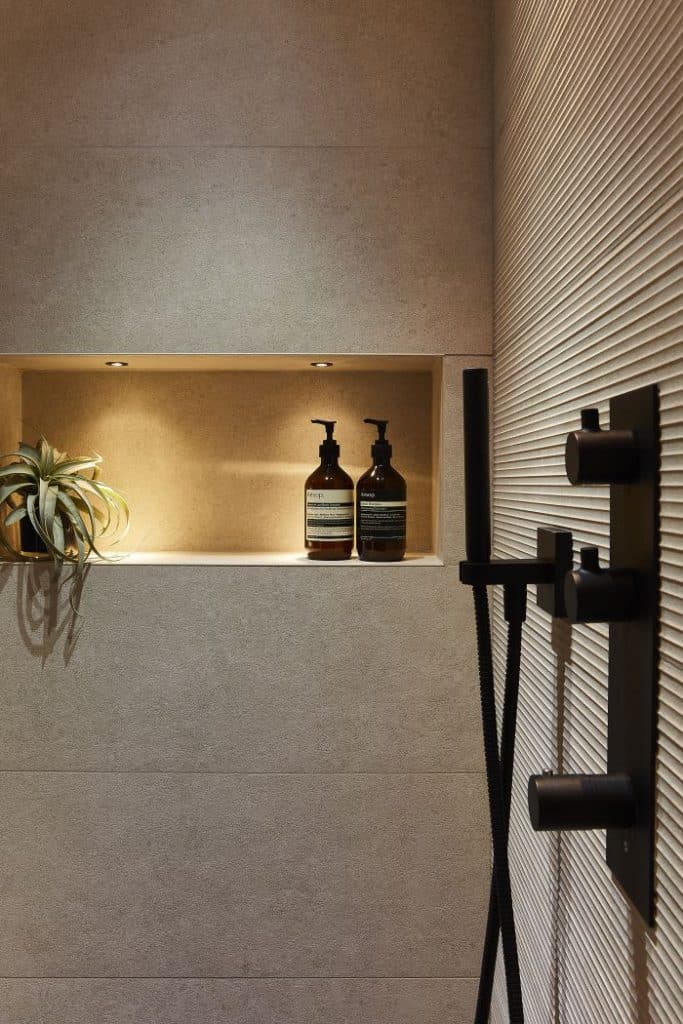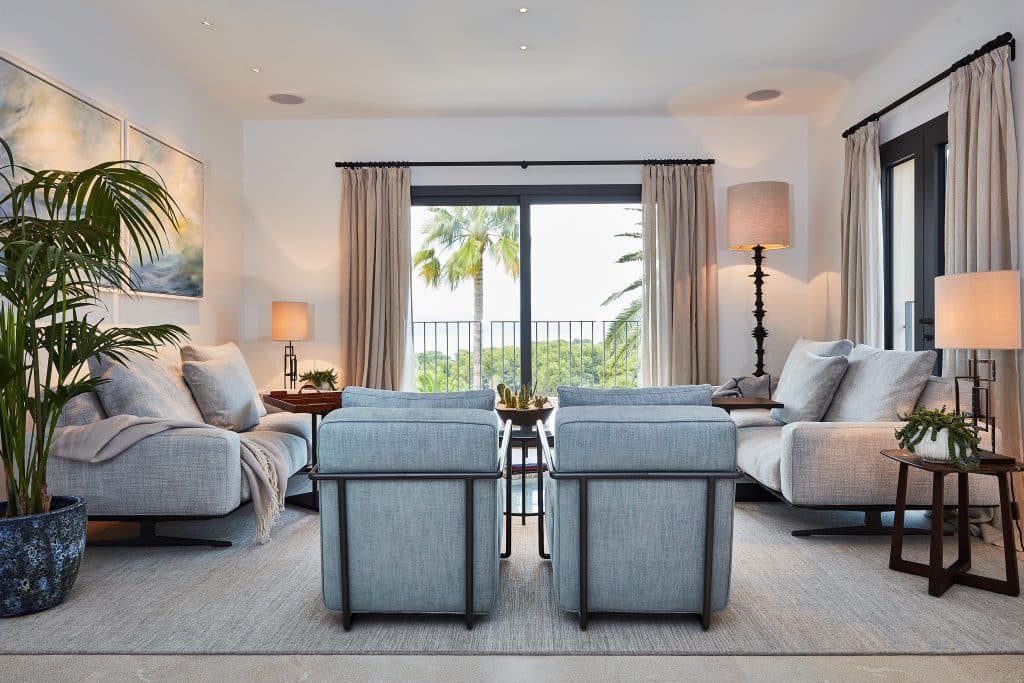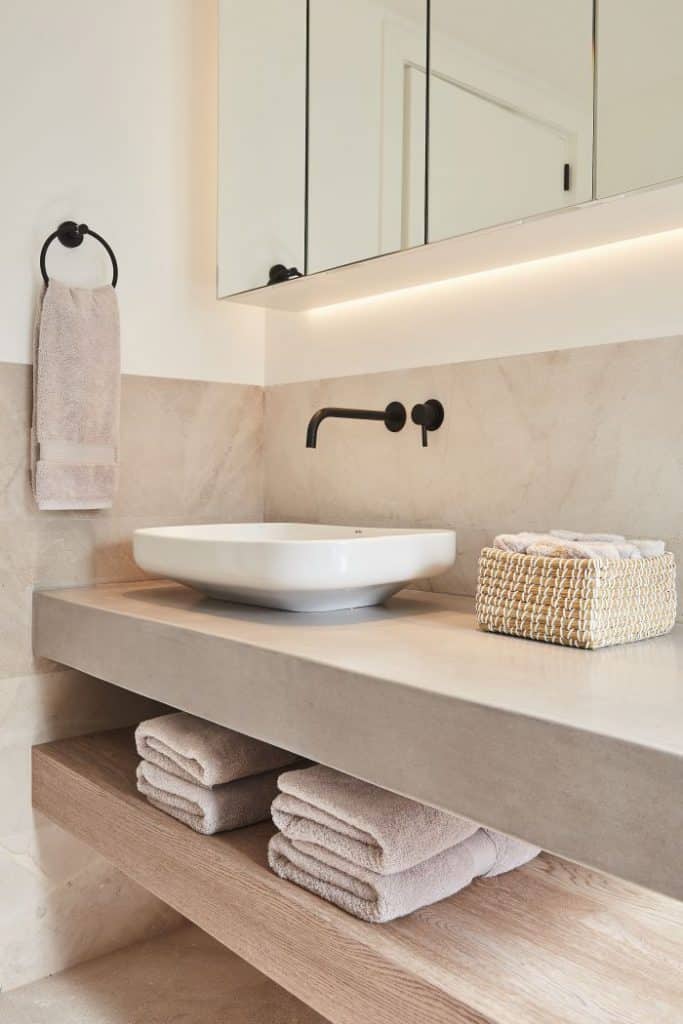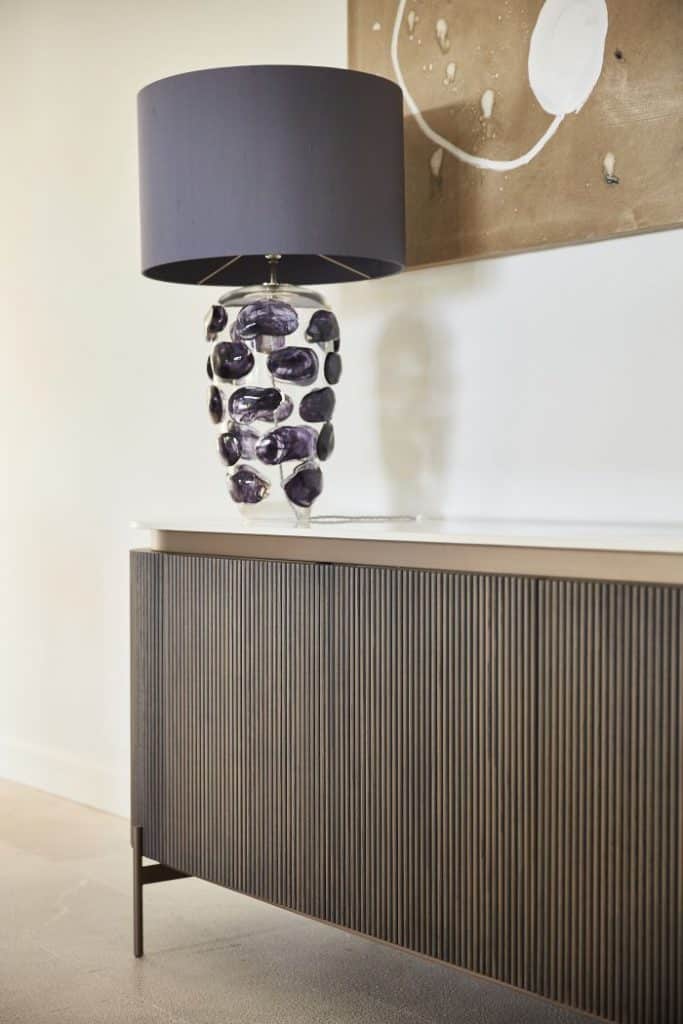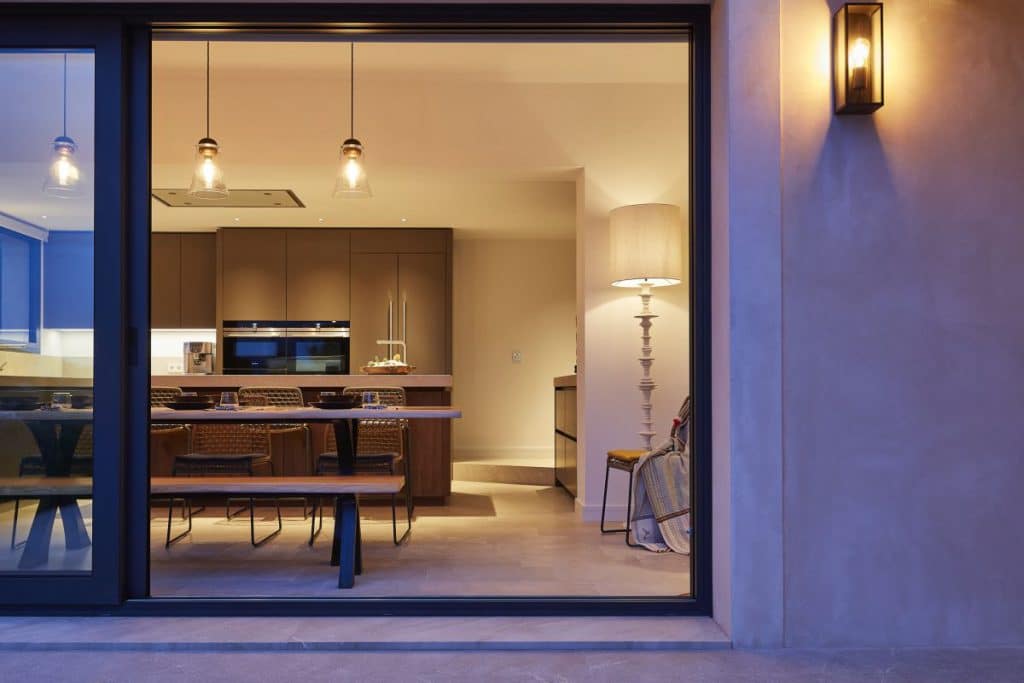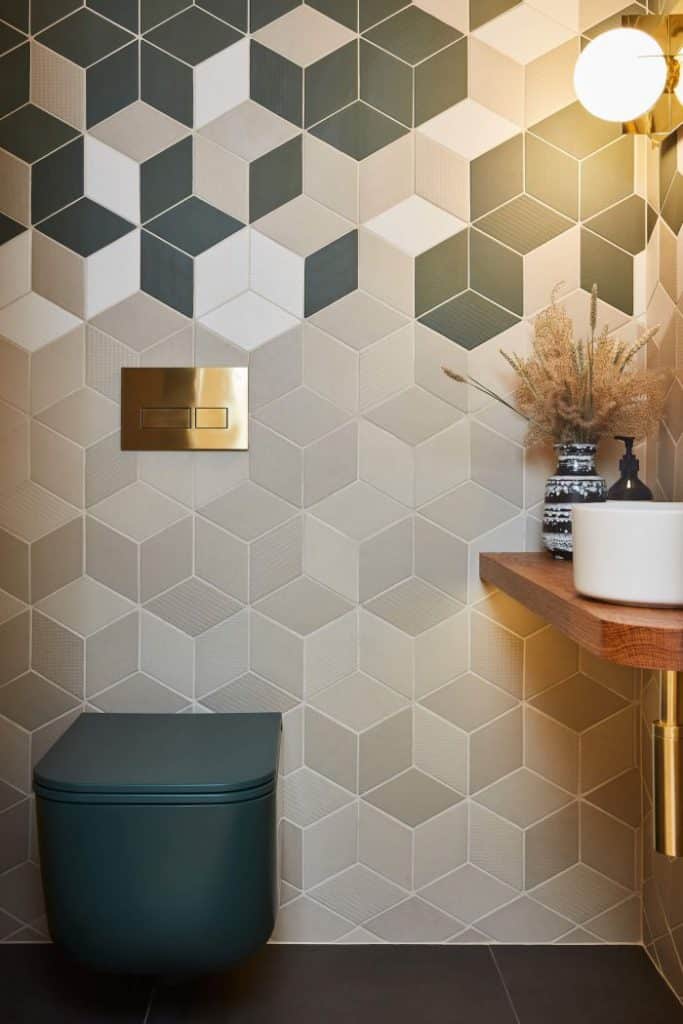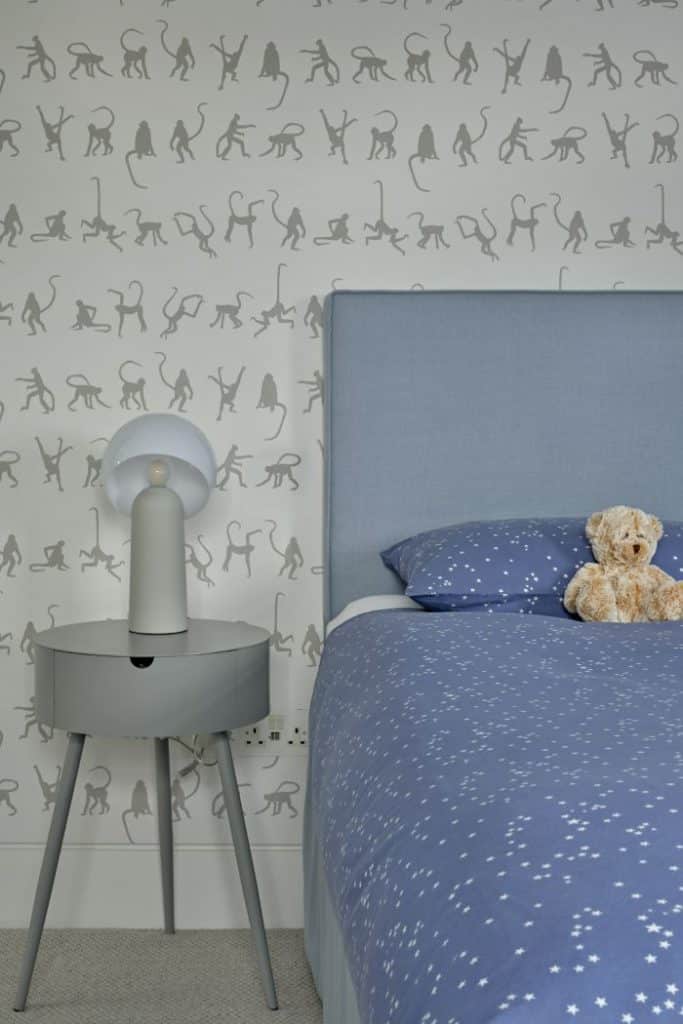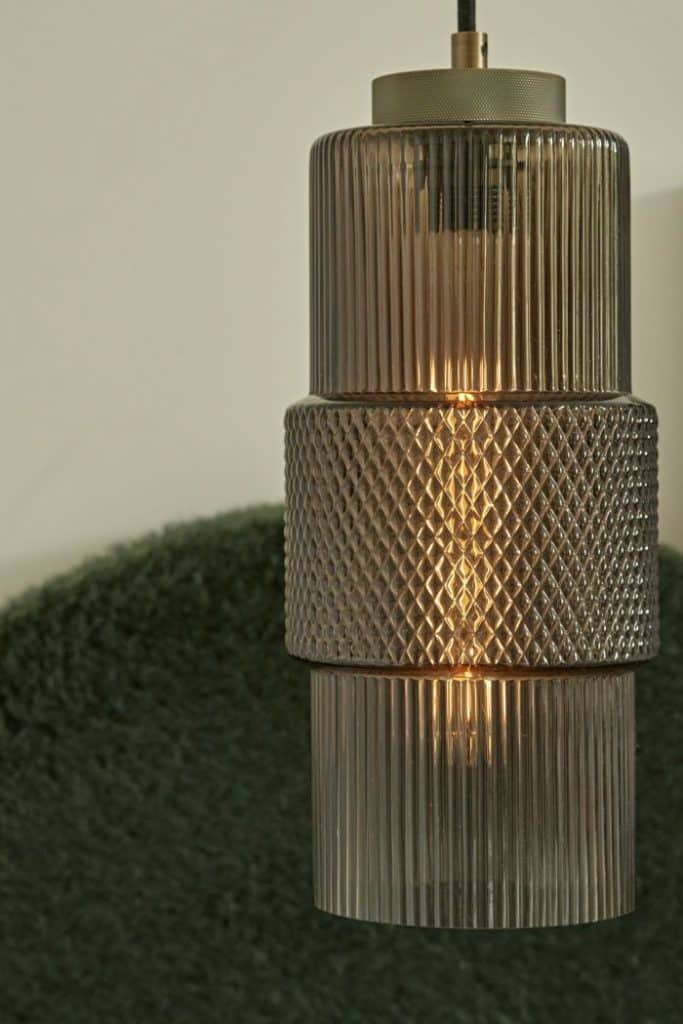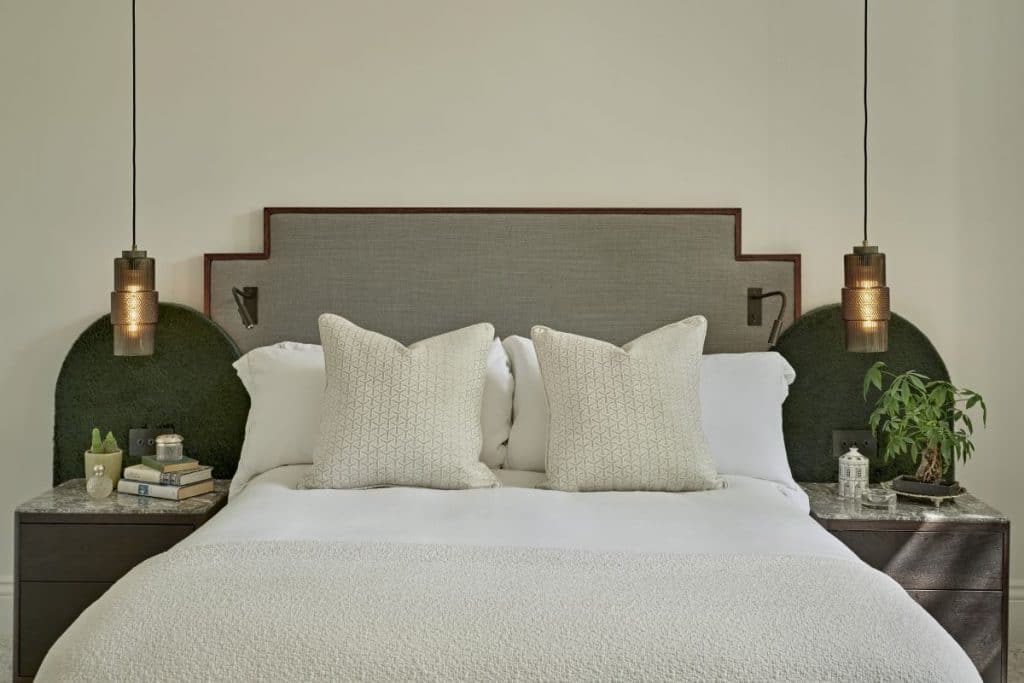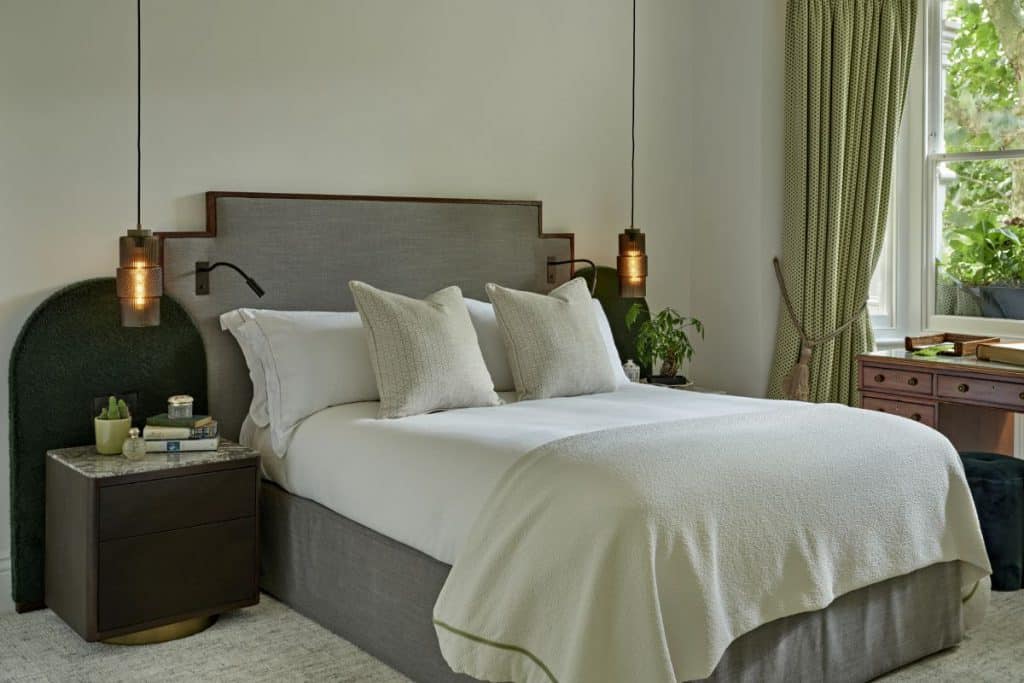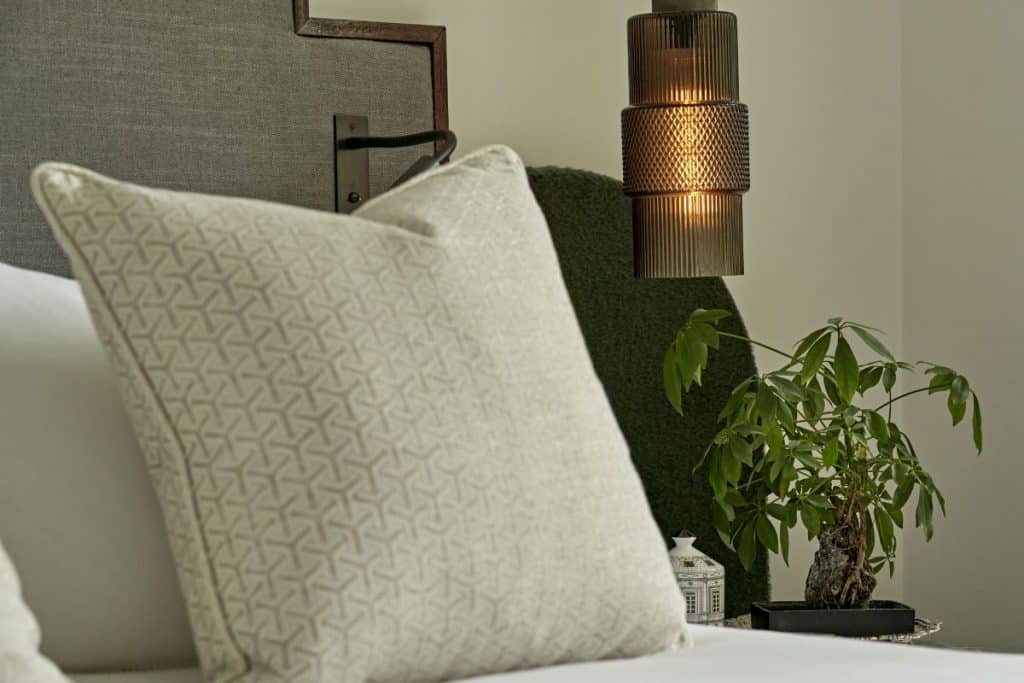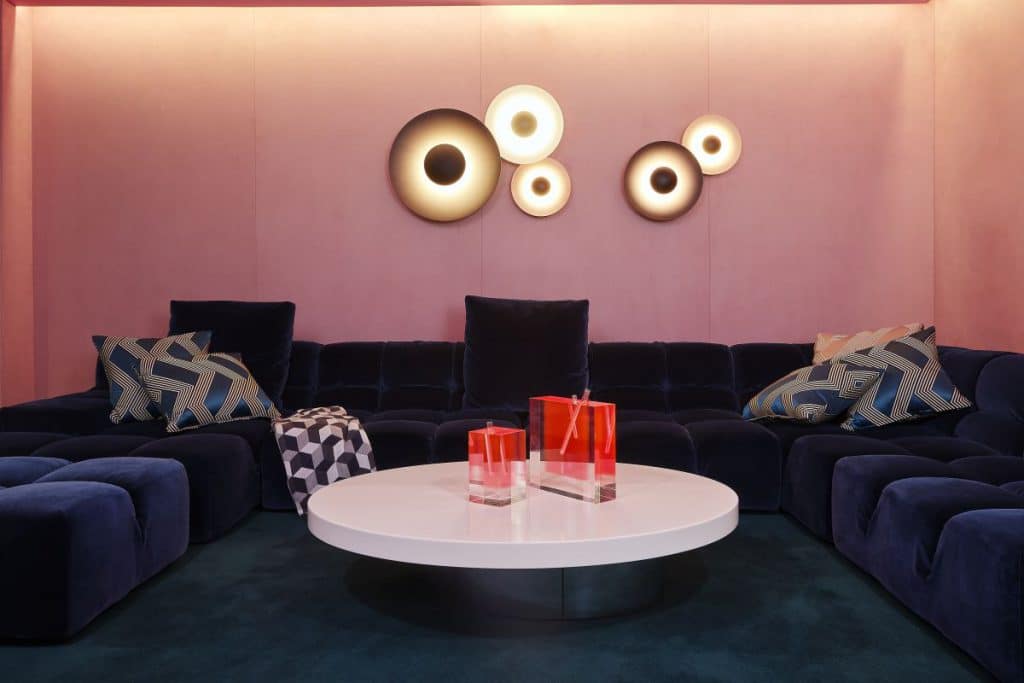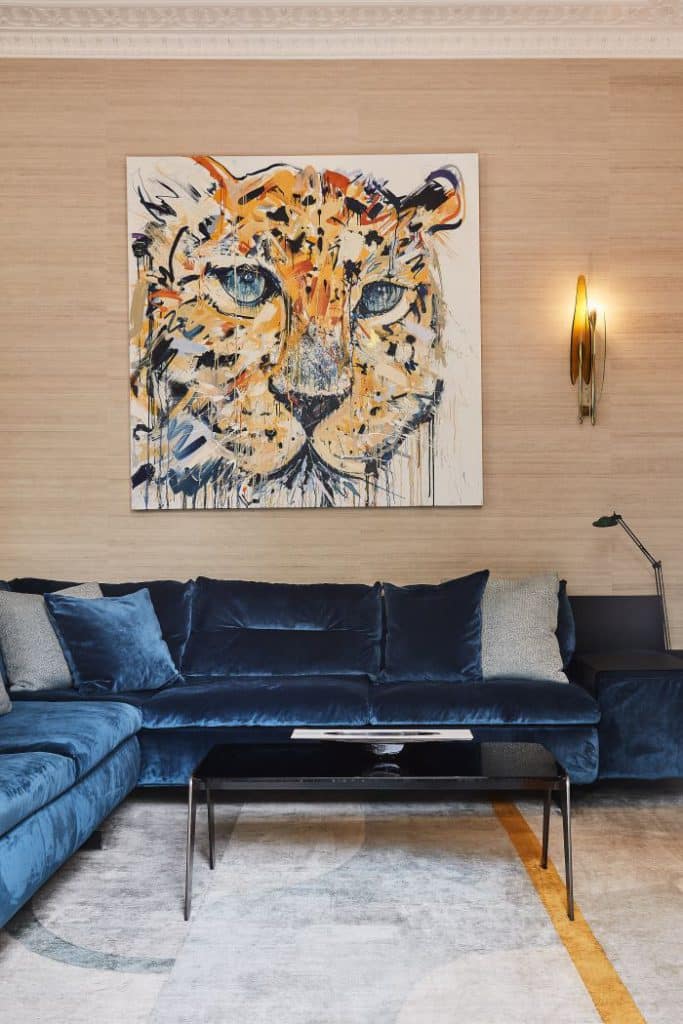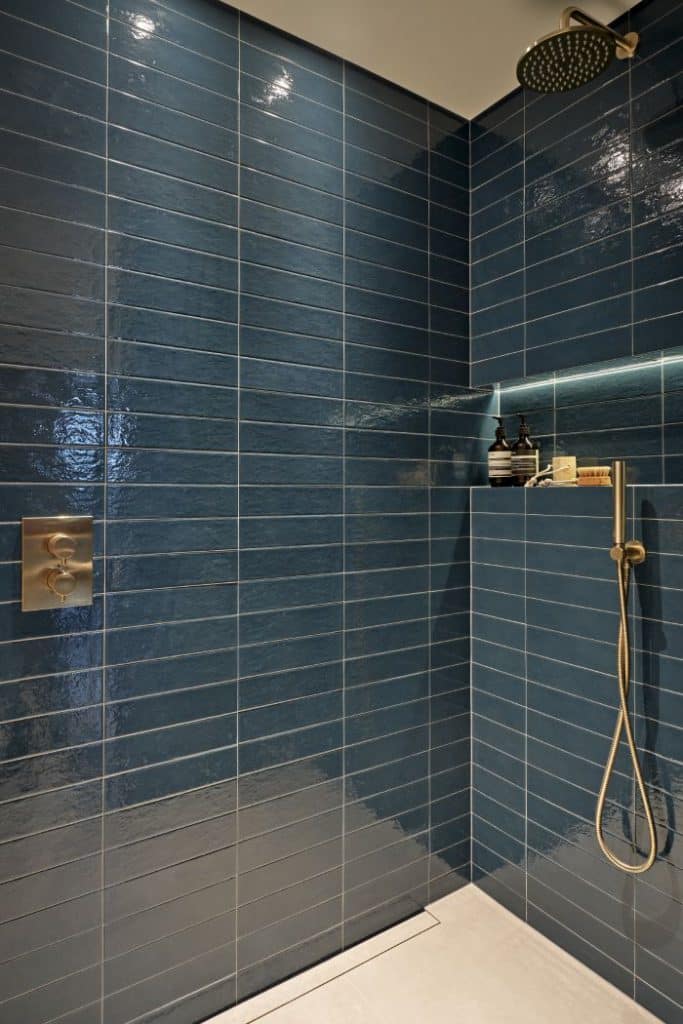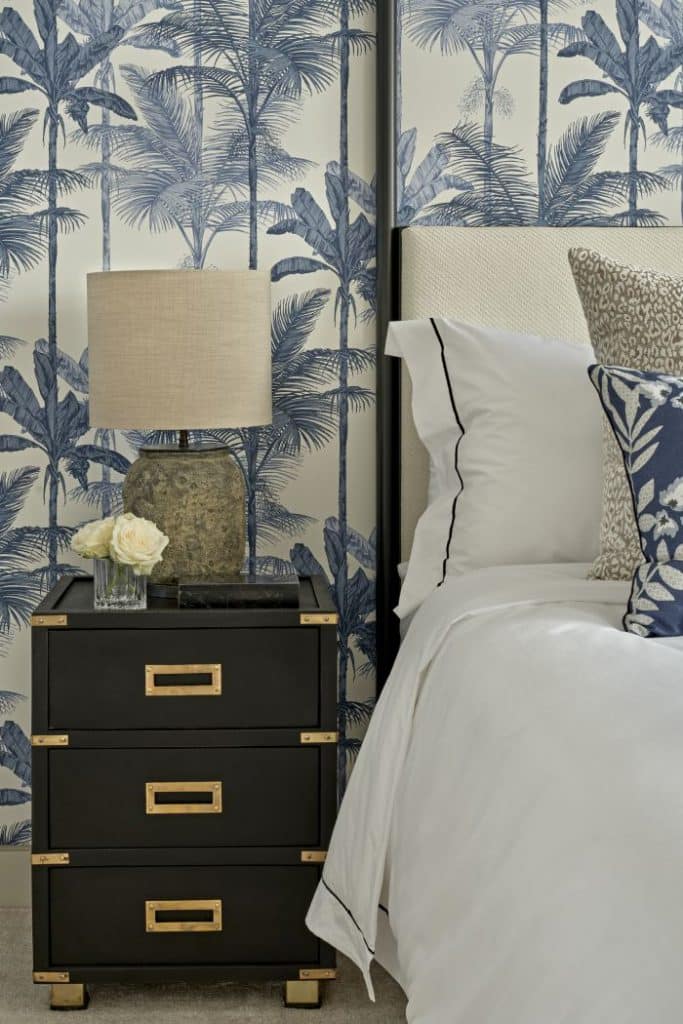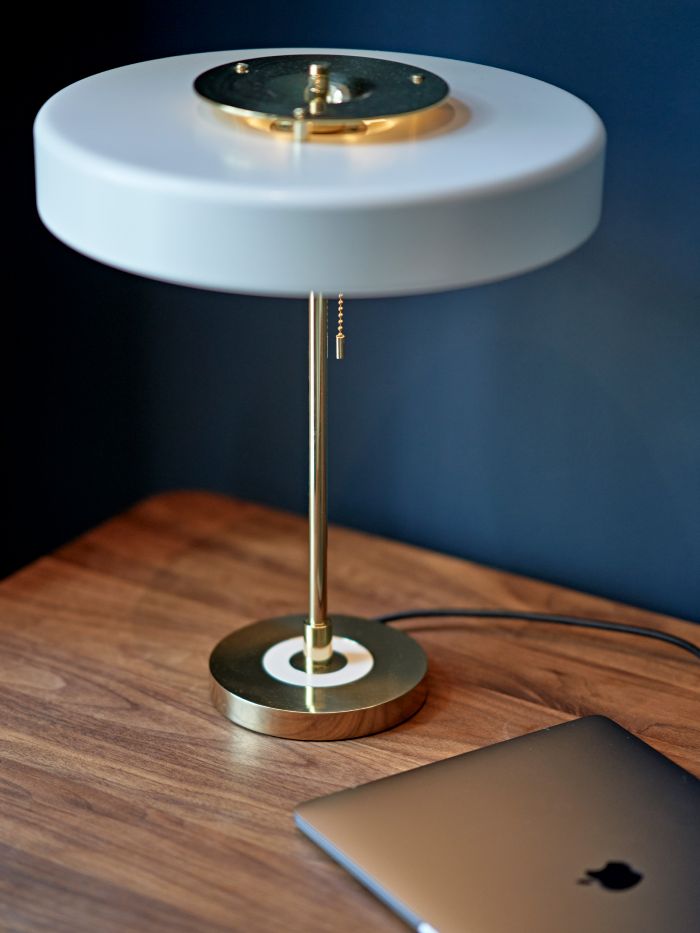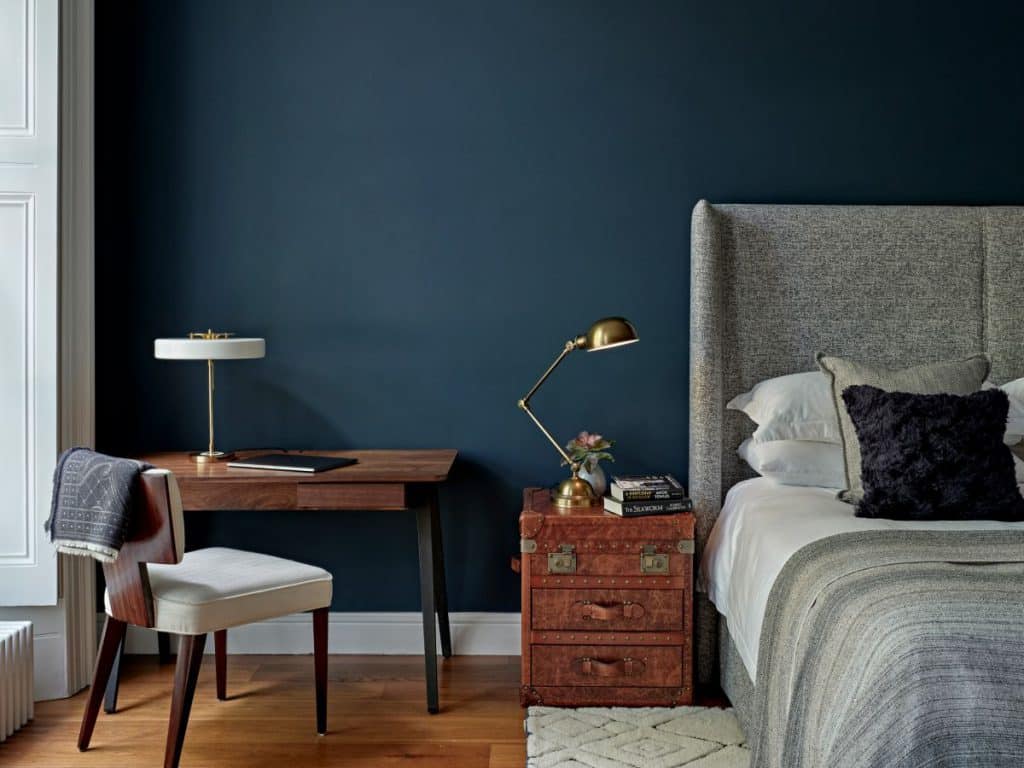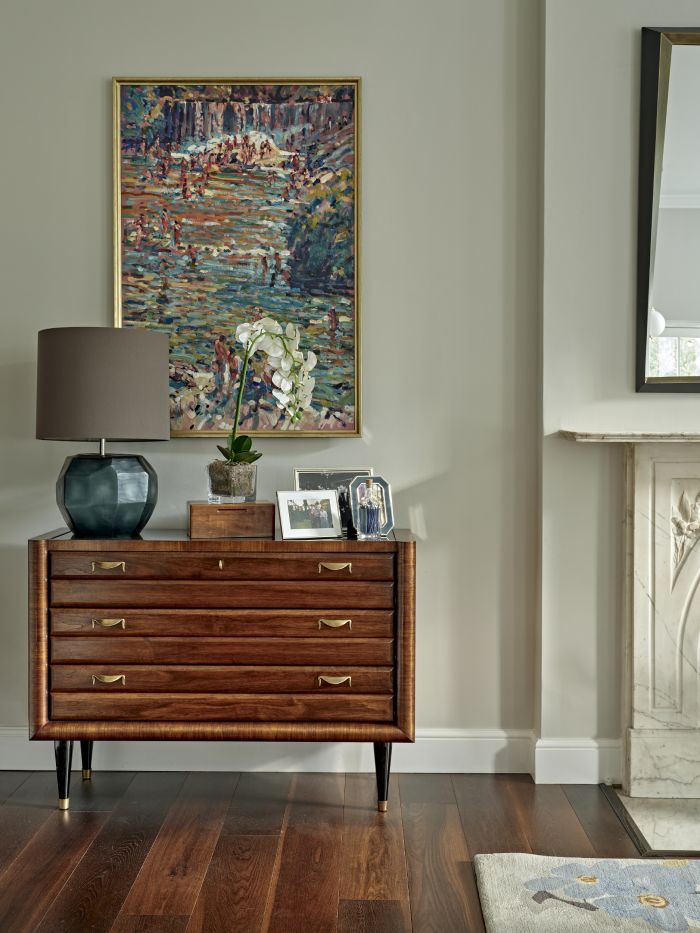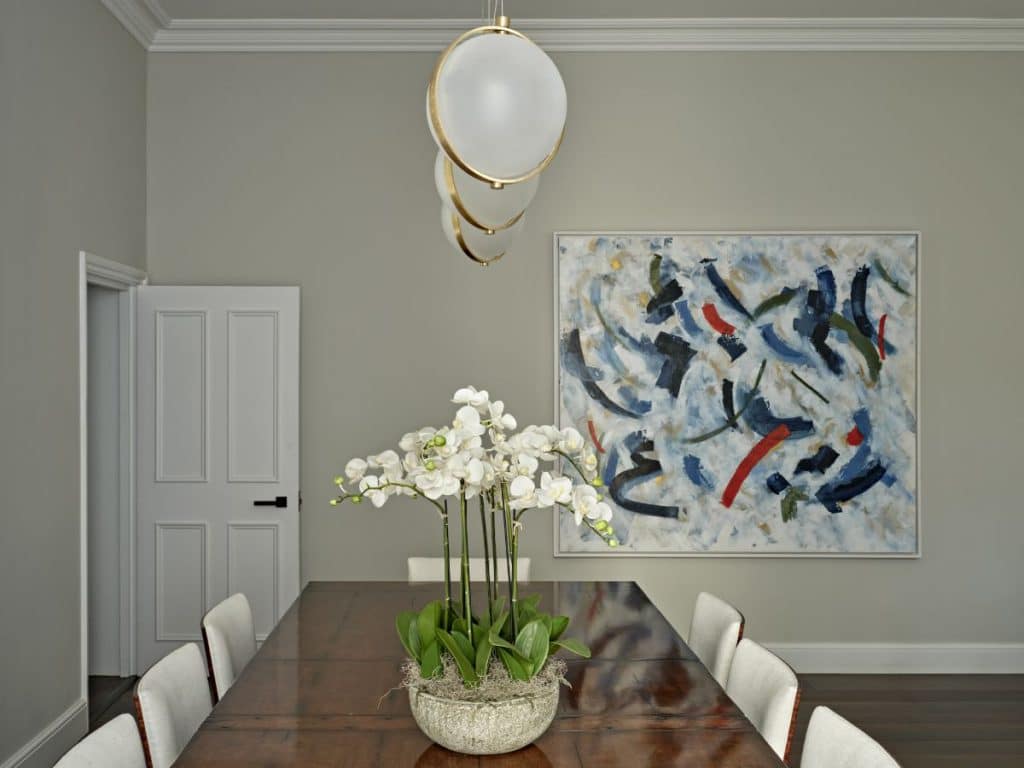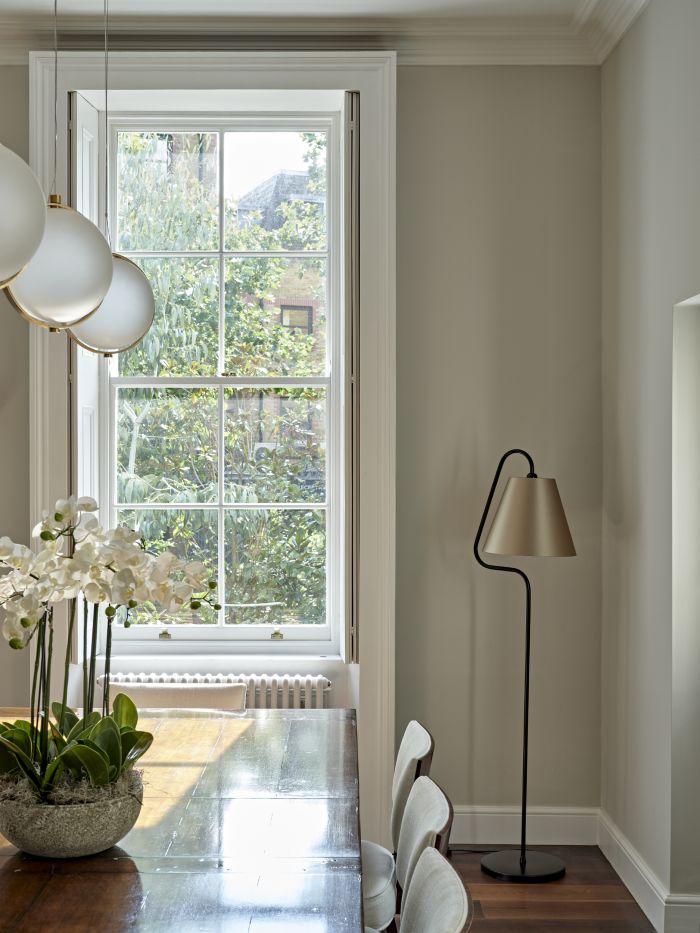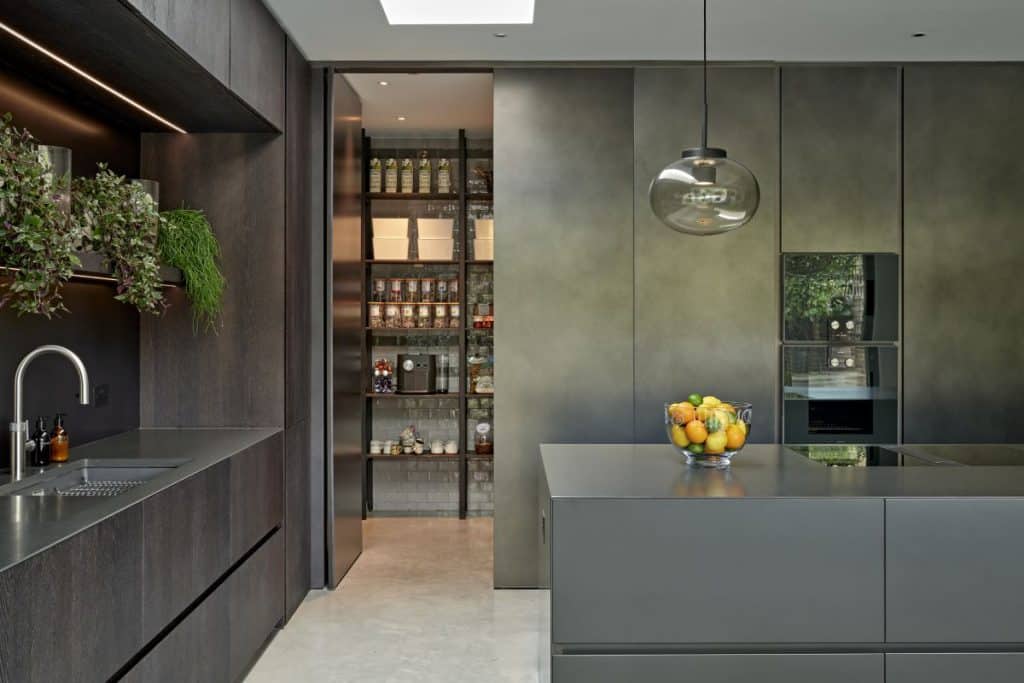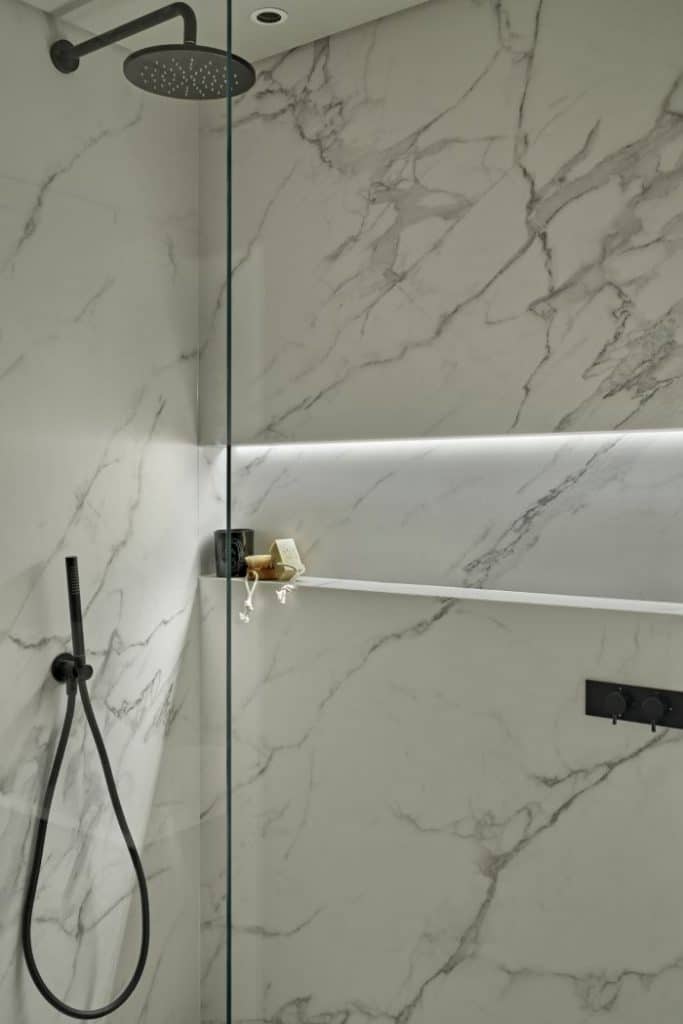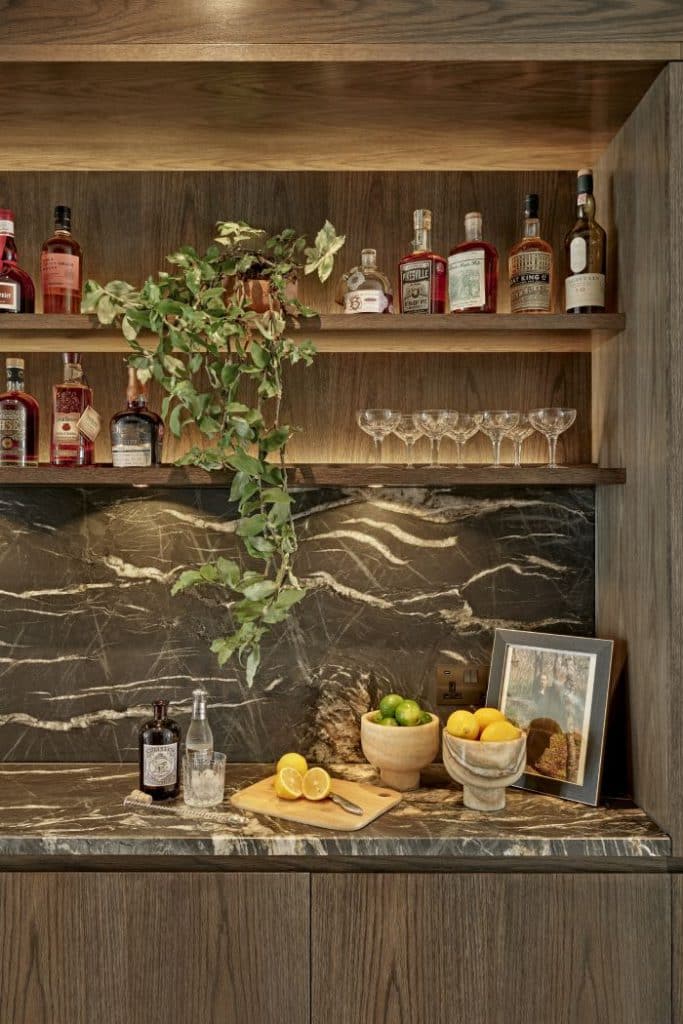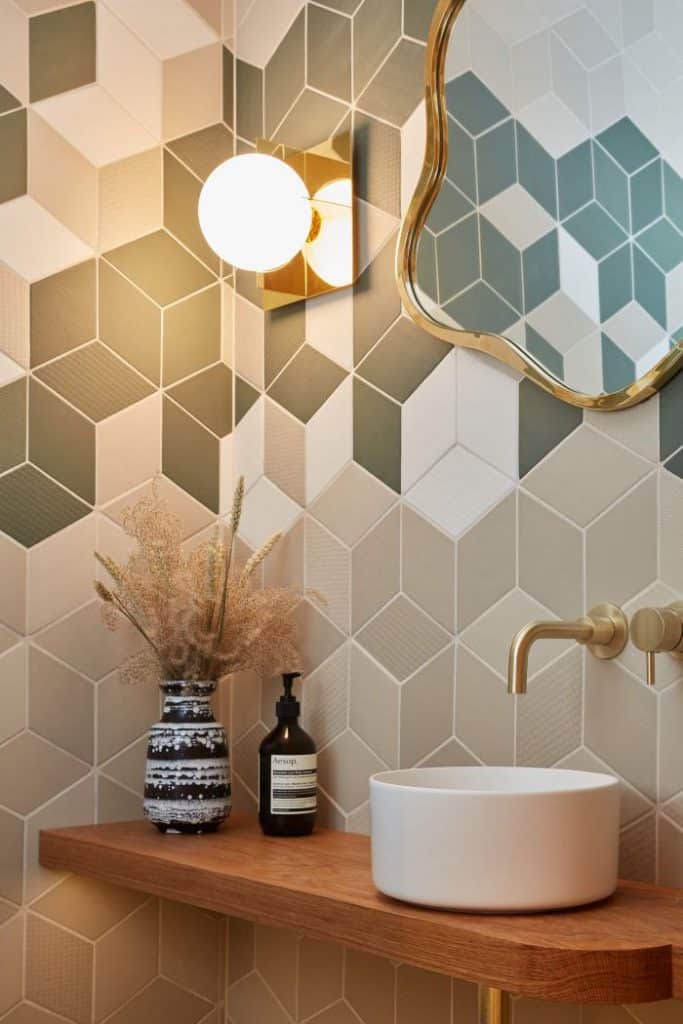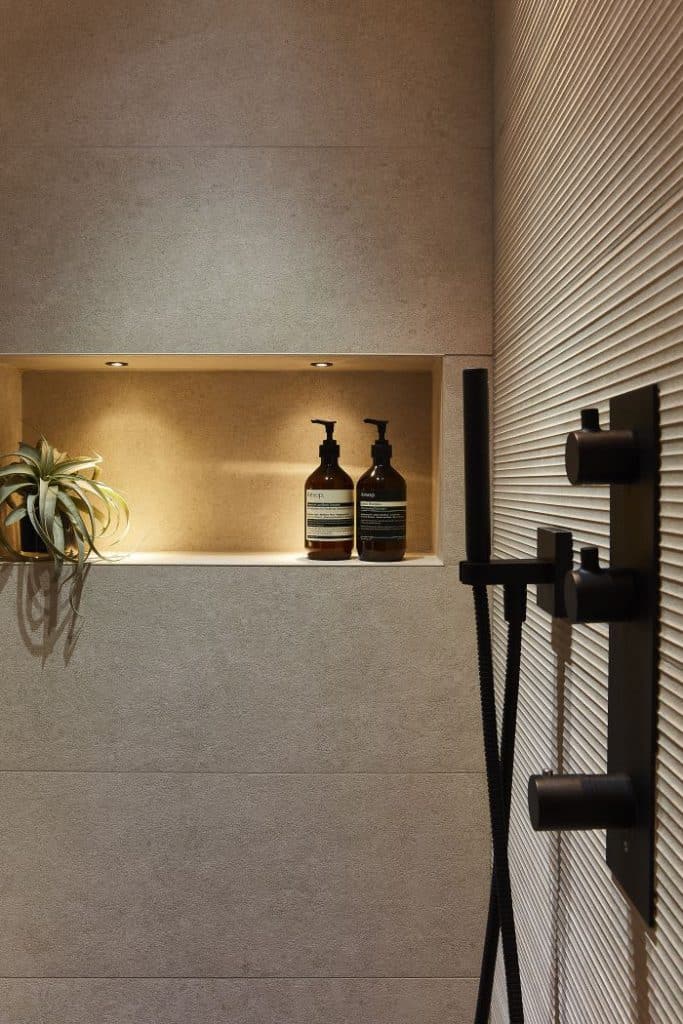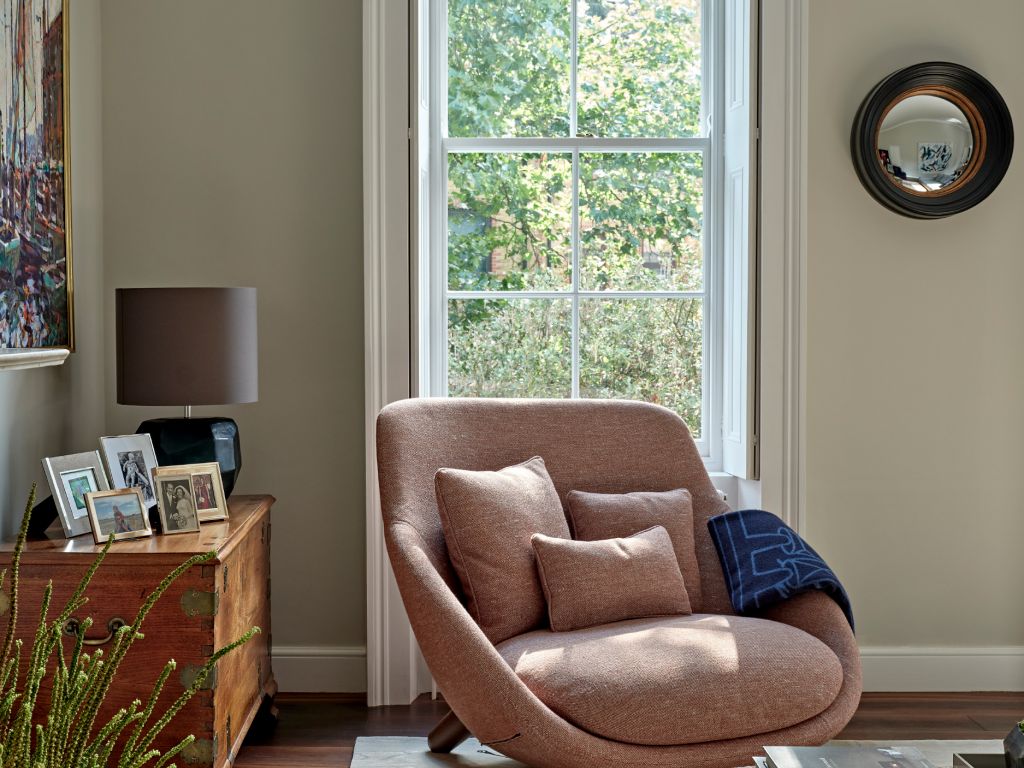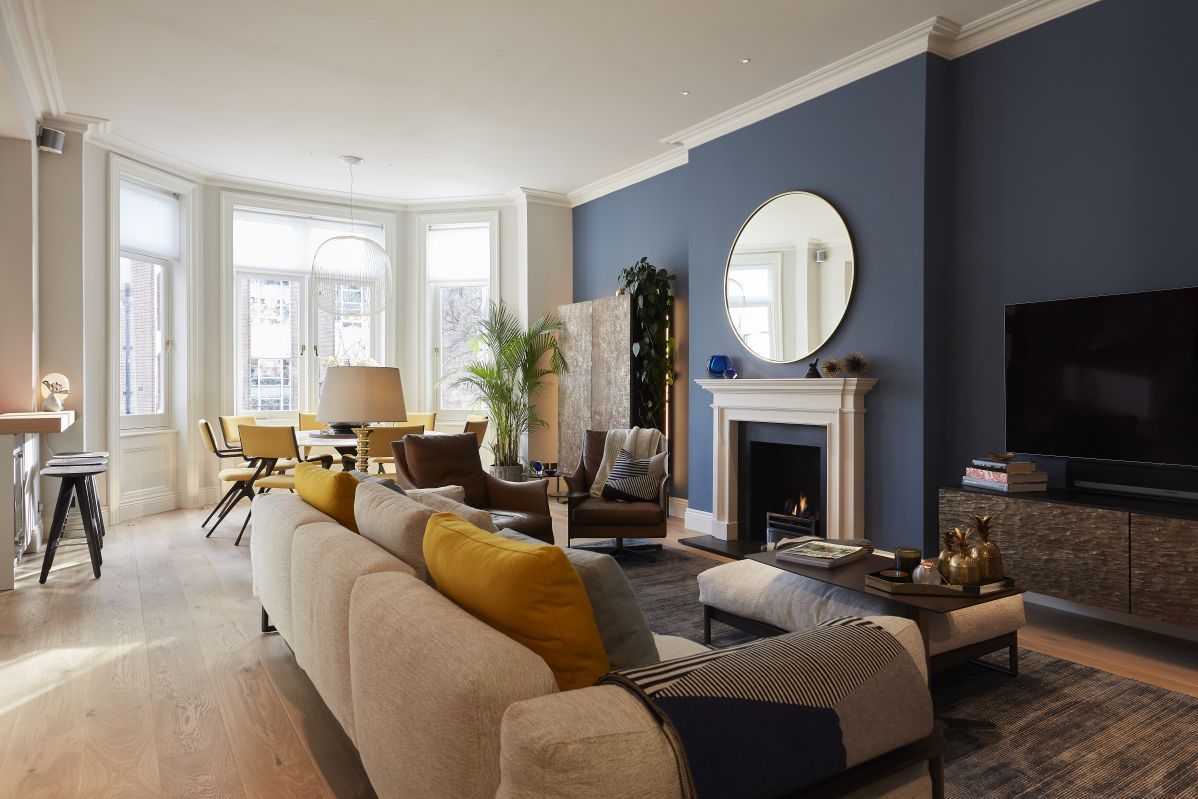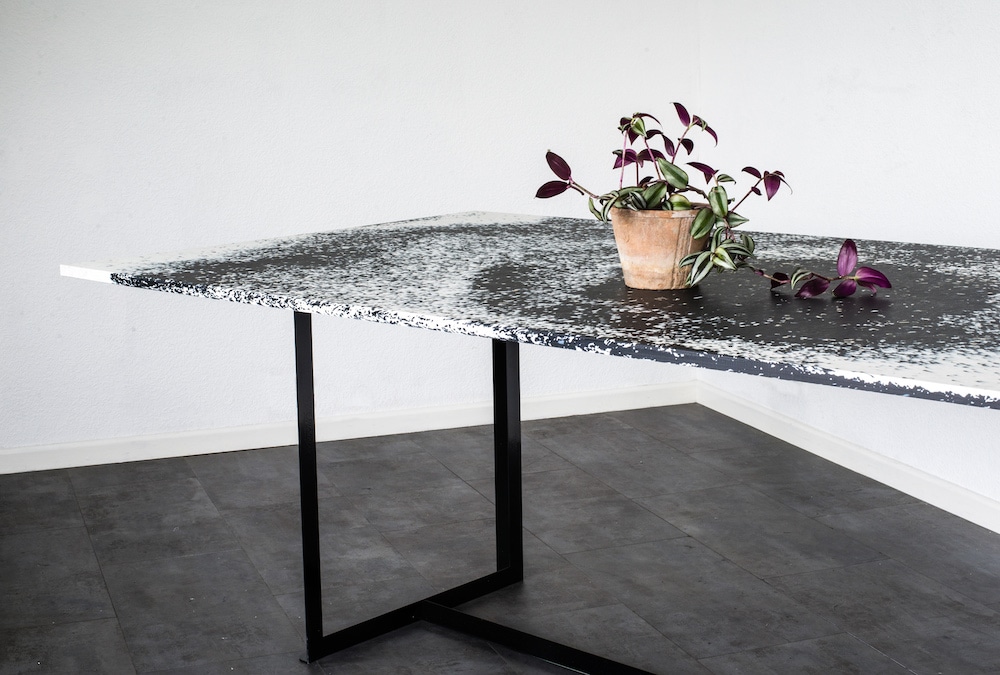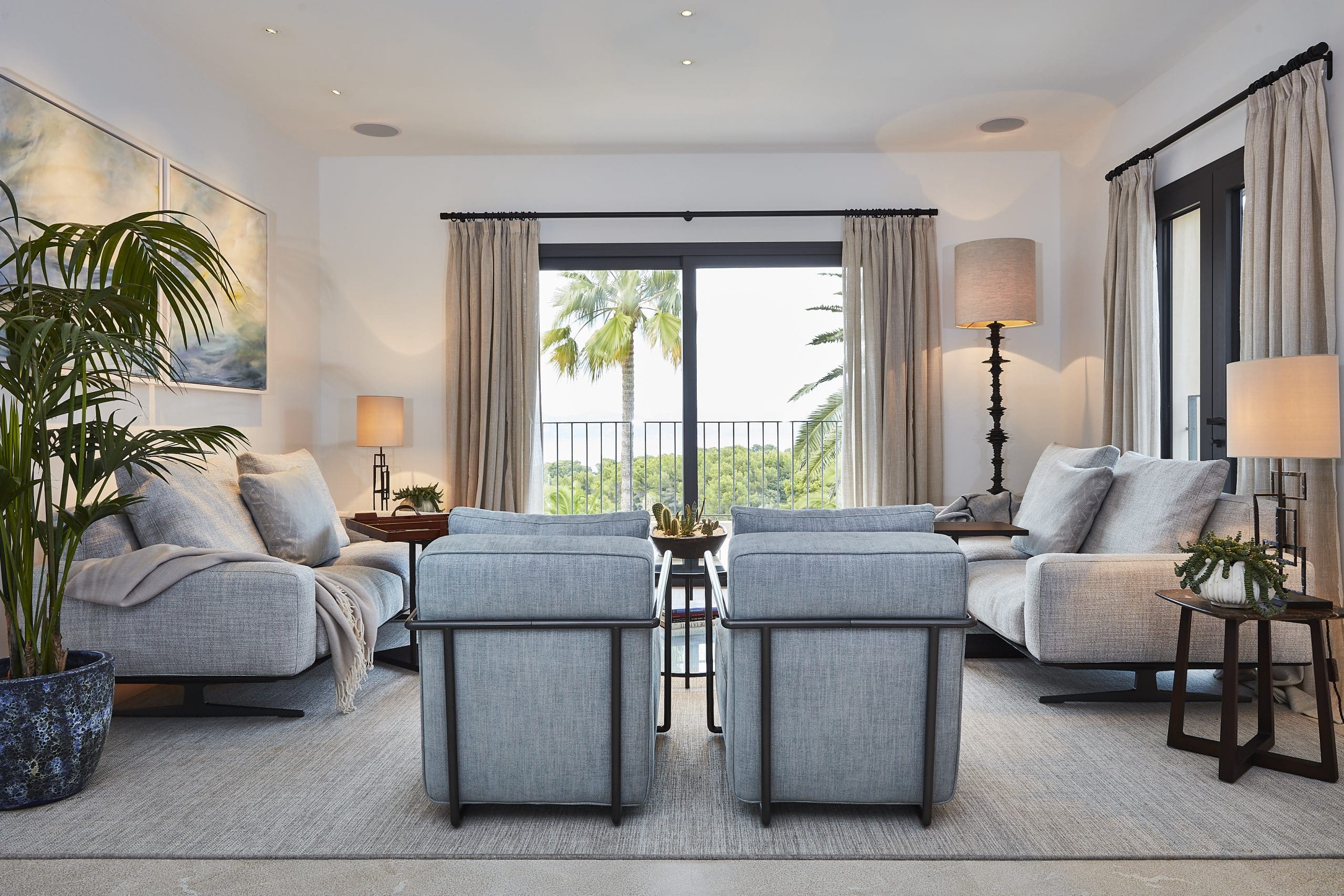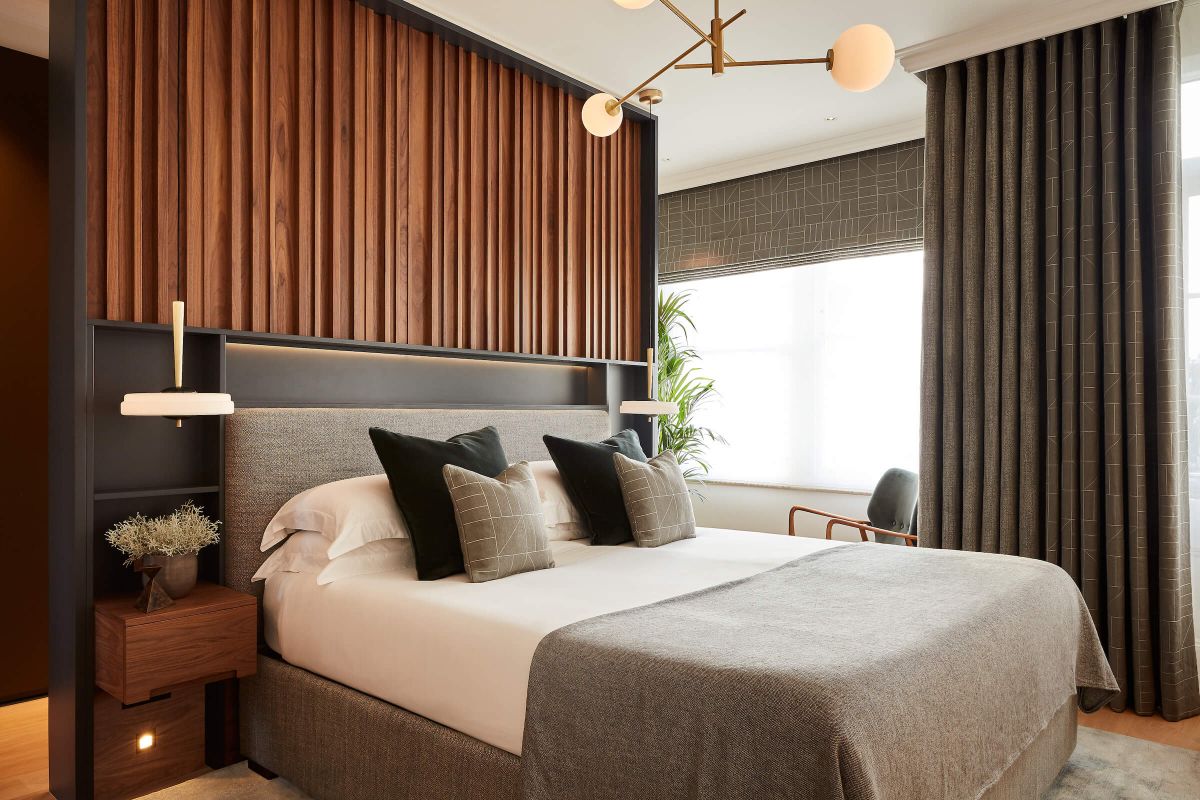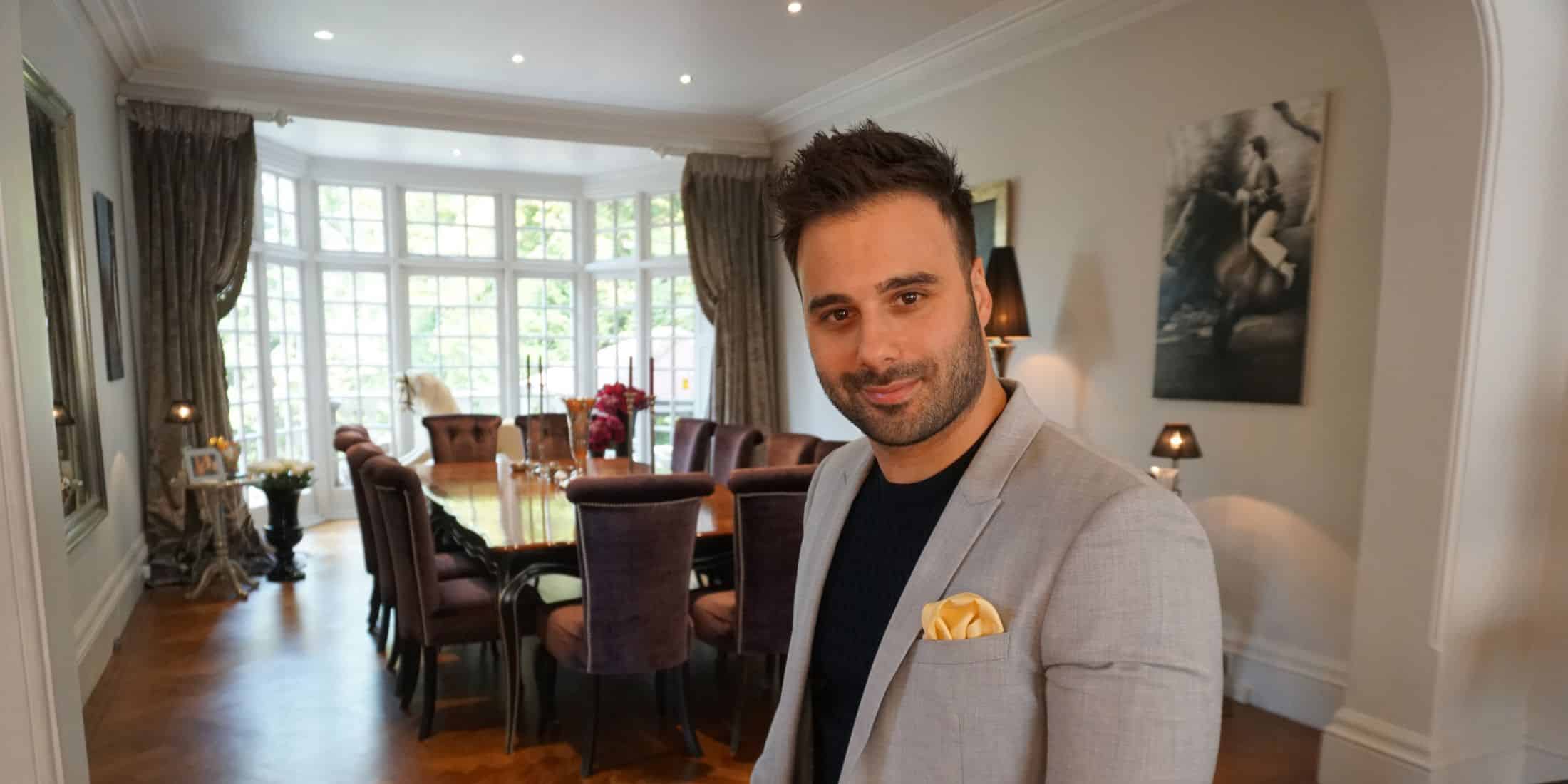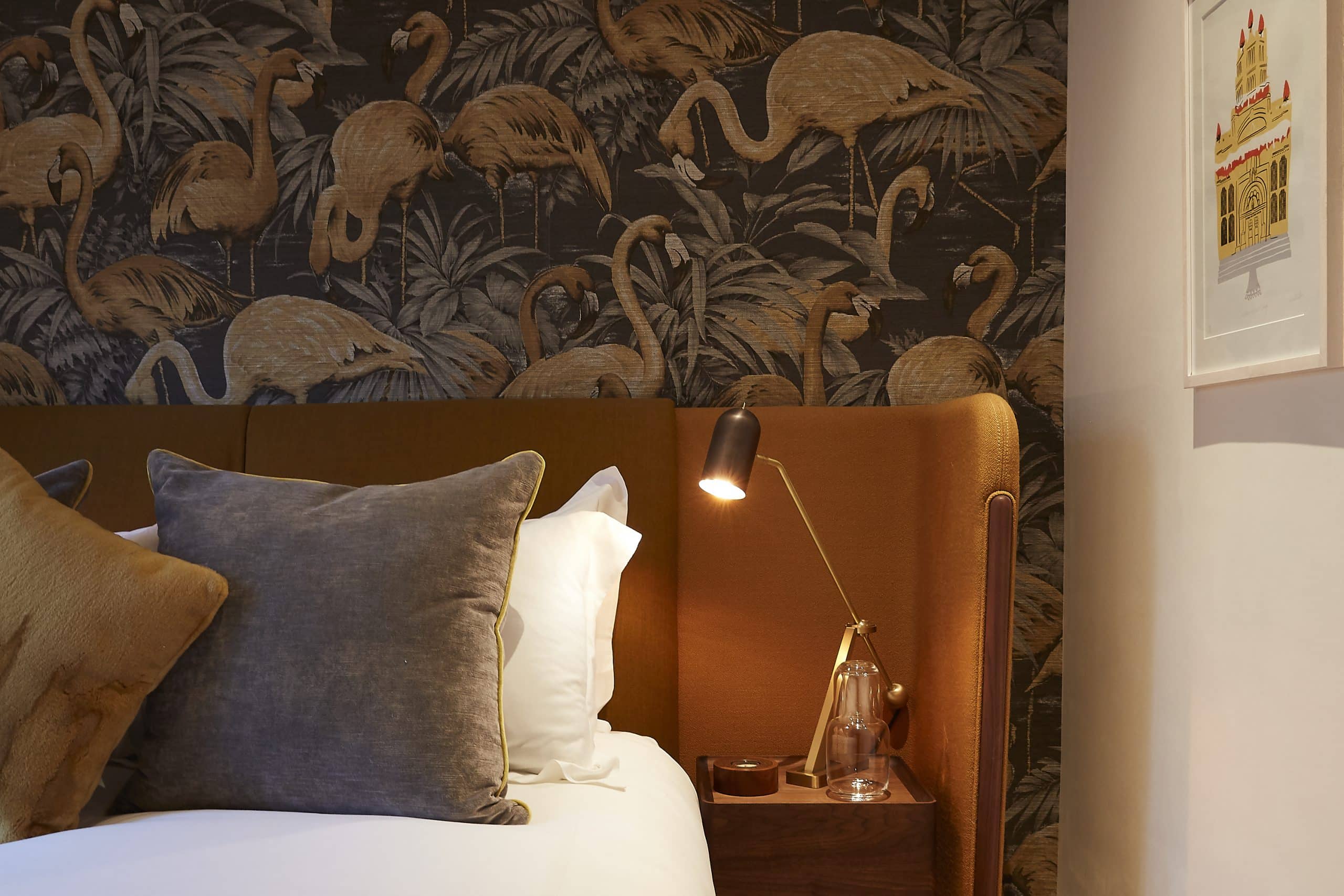Expert lighting can sculpt a space, adding dimension, interest and character. With such significance attached, it’s essential—and powerful—to approach the design of a home’s lighting scheme thoughtfully, strategically and creatively.
Types of Lighting for Interior Design
Interior design lighting is multidimensional. Much as recognising the various instruments in a symphony orchestra increases one’s ability to appreciate the music, understanding the various aspects of lighting can enable and enhance the creation of a cohesive and effective lighting design scheme.
Natural Daylight
Whether a home is nestled in a shadowy London side street or perched on a cliff with a view of the sea, natural daylight is the foundation of any lighting scheme. Before beginning any project, any expert in interior design or lighting design will monitor a space to assess how lighting naturally enters and moves throughout the day.
As a starting point, this allows the designer to identify ways that natural light can be encouraged or modified to better suit and enhance the experience of the space, as well as determine what supplementary forms of light should be included in the design scheme.
Architectural Light
Well-placed architectural light fixtures draw attention to structural elements, creating visual interest and depth within a space. Even alongside daylight, architectural lighting can add focus, softness and dimension, whether integrated into the joinery, highlighting artwork or adding illumination to a task area.
A designer’s architectural lighting toolbox might include an assortment of options that blend in with the structure of the home, emphasise materials and generally illuminate the space—downlights, uplights, floor washers and strip lights, incorporated into cupboards, shelving and ceiling coffers.
Architectural lighting can also be used outdoors, adding depth and creating areas of interest amongst trees, plantings and landscaping. When viewed from indoors, this draws the eye beyond the immediate living space, offering a sense of dimension and a feeling of expansion and context.
Task Lighting
Task lighting supports the function of a space. Whether it’s preparing a meal, writing a letter, reading a book, the right lighting will help make the experience easier and more enjoyable. Task lighting is usually focused and often adjustable—think dimmable spotlights over the kitchen island, an elegant gooseneck lamp on the desk, a floor lamp perfectly positioned by a favourite reading chair.
Decorative Lighting
As well as adding an important layer to the overall interior design lighting, decorative lighting also adds a visually beautiful object to the space. Statement chandeliers, dramatic table lamps and interesting wall sconces can all add to the visual experience of the room at any time of day or night. Decorative lighting is particularly effective when paired with other aspects of the lighting design scheme—imagine an attention-getting pendant over the dining table, complemented by a subtly illuminated display in the surrounding bespoke joinery along the walls.
Expert Advice on Interior Design Lighting
The essence of all design excellence is a balance of functionality and aesthetics—and lighting for interior design is no exception to this. Lighting can completely transform a space, but its impact can be as nuanced as it is significant.
Designing your lighting scheme alongside your overall interior design will maximise the impact of your space. Great lighting creates areas of interest, cosiness, impact and focus. It’s particularly effective to manage lighting options for different times of day, balancing light and shadow using a combination of natural and artificial light.
Expert advice can make it simple and easy to integrate optimal lighting schemes for varied times and purposes into the overall design of your home. In fact, the right technology can often make this possible at the touch of a button. An expert can also advise on the more subtle qualities of lighting such as the ideal warmth and intensity of each individual lighting fixture in a space. Ideally, the lighting scheme will be integrated into the overall interior design from the earliest stages of a project.
The Role of Lighting in Interior Design
Lighting has a fundamental aesthetic and functional role in an interior design—it can create an intimate ambiance, or make a space feel large, bright and open. It can define a room’s purpose and make it function better. But that’s not all it can do.
The effect of lighting on the human body is well documented—one needs only to compare the feeling of a dark winter morning with a bright summer dawn to appreciate the impact. The human body is designed to respond to light, naturally responding to the lighting stimuli we’re exposed to. The circadian rhythm that controls our internal sleep/wake cycle relies on periods of light and darkness to regulate itself. Reflecting this connection in the design of an interior embraces the opportunity to create a home that fully nurtures and supports those who live in it.
Beyond energy levels, lighting can also influence emotions. An increase in the brightness, hue, or saturation of light can amplify emotion, while a decrease can lessen the emotional intensity experienced. Cool-coloured lighting can increase alertness and make it easier to focus, while warm lighting promotes relaxation.
All of this is useful to consider when planning the design of spaces for focused work, rest and relaxation throughout a home. Dim, warm lighting would be wonderful for a living area or bedroom in the evening, while the ability to increase the level of cool, bright light in a dressing area, kitchen or office could be a welcome option indeed on a dark winter morning.
The Art of Layered Lighting Design
Getting the mix of lighting elements right can have an enormous impact on an interior design. The most effective way to accomplish this is to think in layers—a useful and beautiful lighting scheme will always have a mix of lighting types. The idea is to assess the space and evaluate the intentions, then incorporate layers of light to achieve balance, appealing ambiance, and functionality.
No element of lighting truly exists in isolation—a successful design will incorporate natural and ambient light, complemented by elements of architectural, task and decorative lighting. A carefully curated lighting scheme can highlight focal points such as artwork or displays, create a warm and inviting overall atmosphere, and set the stage for the key purpose and function of a room.
In lighting for interior design, it’s not only the task lighting near the desk, the reading chair and the drinks cabinet; the statement pendant over the dining table; the striking chandelier in the nearby entranceway; the dimmable recessed lighting along the ceiling, the pinspots on the artwork. It’s all of those elements, and others—and more so, how they work together to present and define the space.
Below, please explore a selection of our projects showcasing gorgeous examples of lighting in interior design.
In our Design Journal you’ll find a library of interviews with members of our exceptional network of lighting designers and other expert creative resources.



